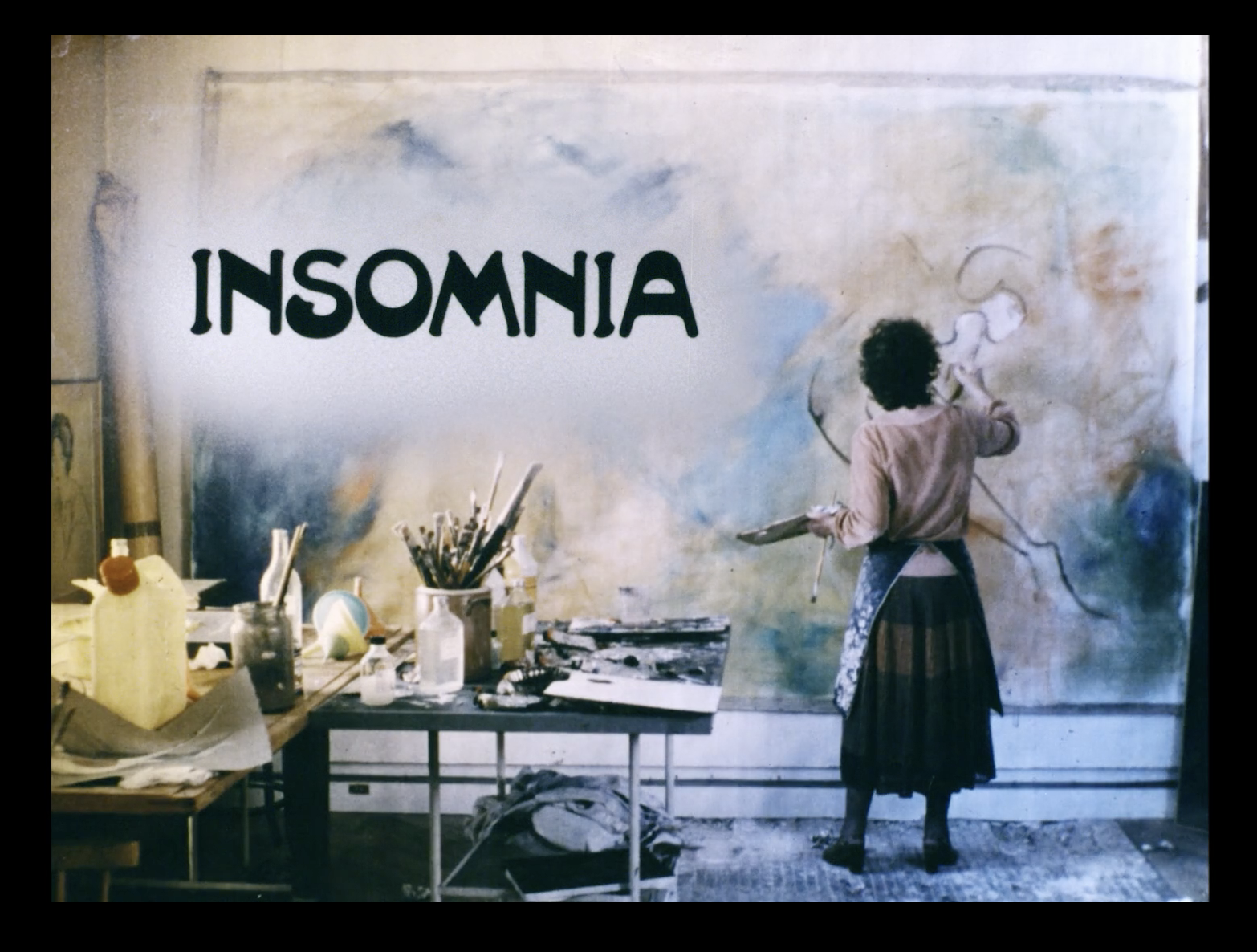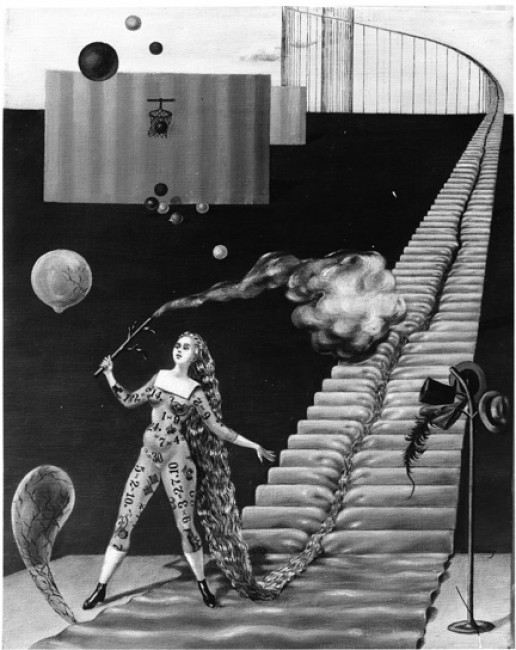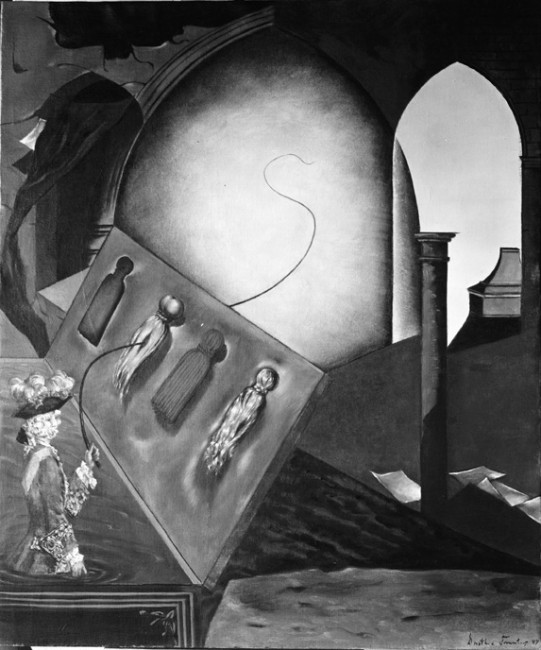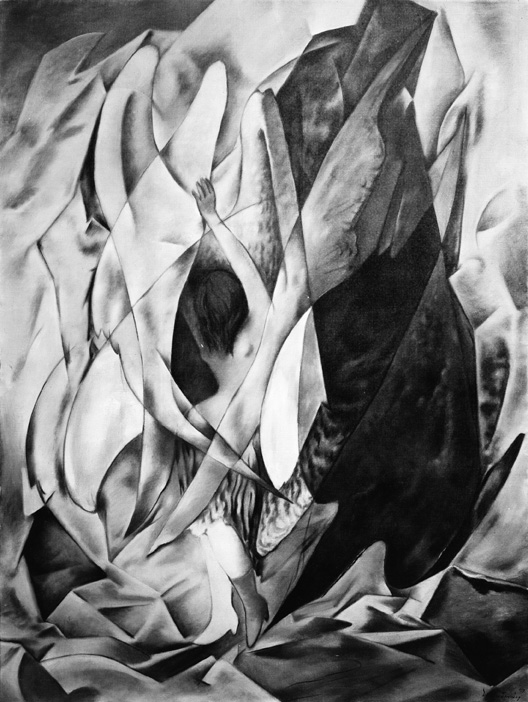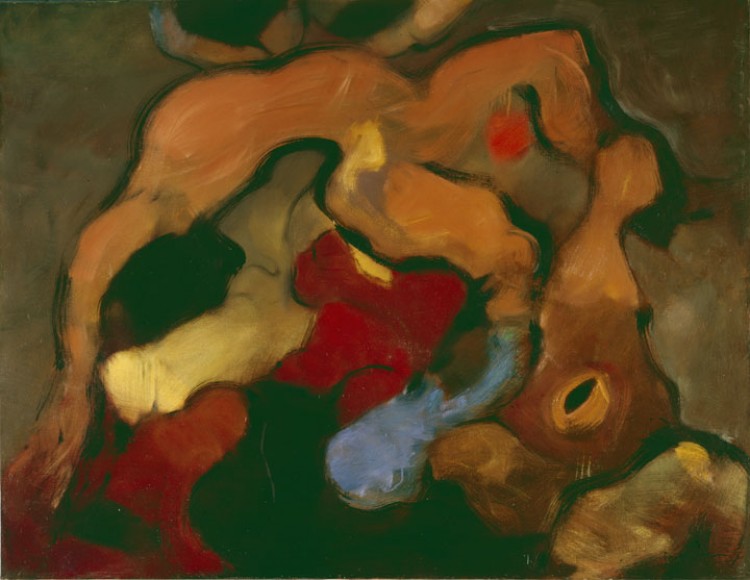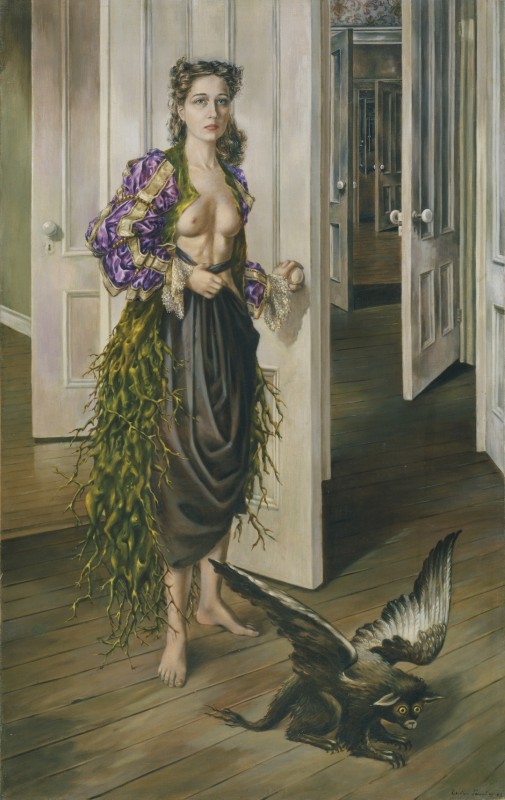 Birthday, 1942 MORE INFO |
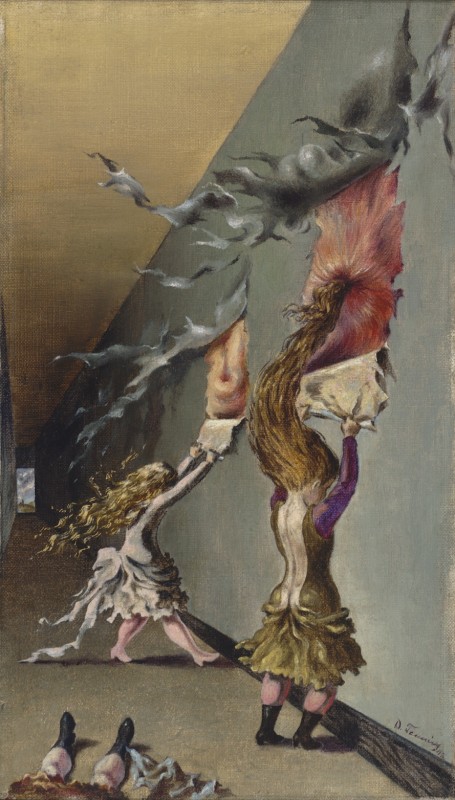 Children's Games, 1942 MORE INFO |
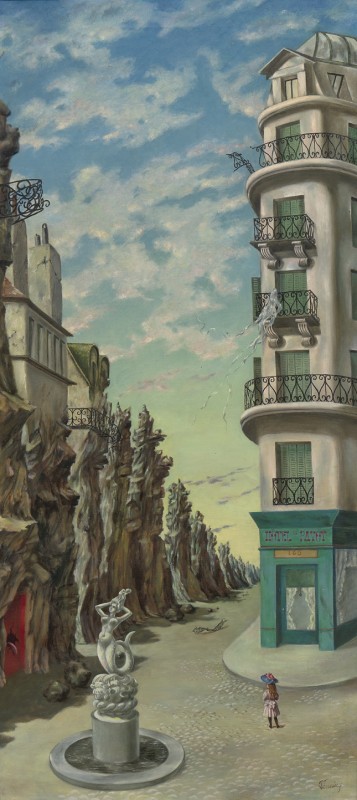 A Parisian Afternoon (Hôtel du Pavot), 1942 MORE INFO |
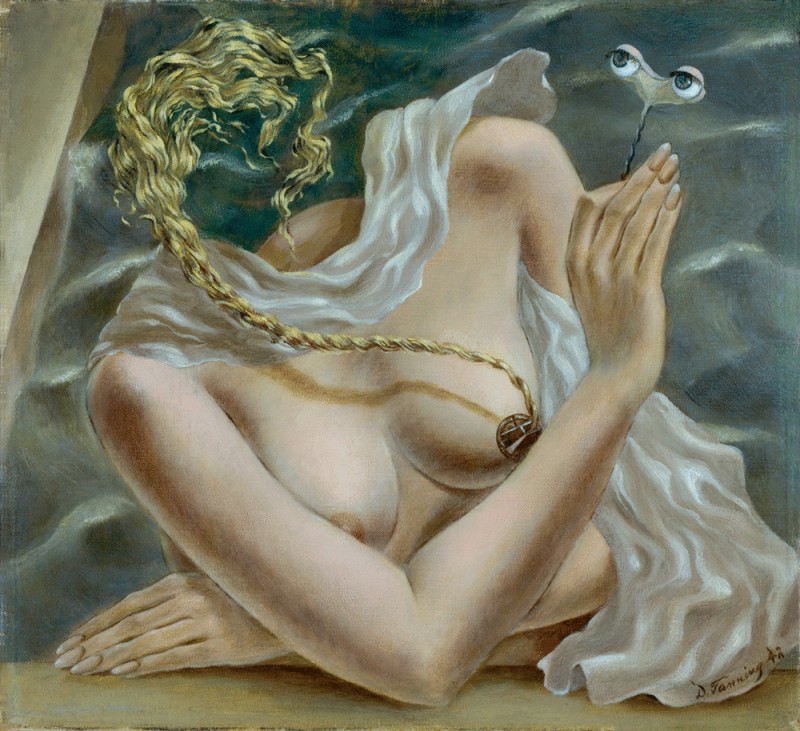 Voltage, 1942 MORE INFO |
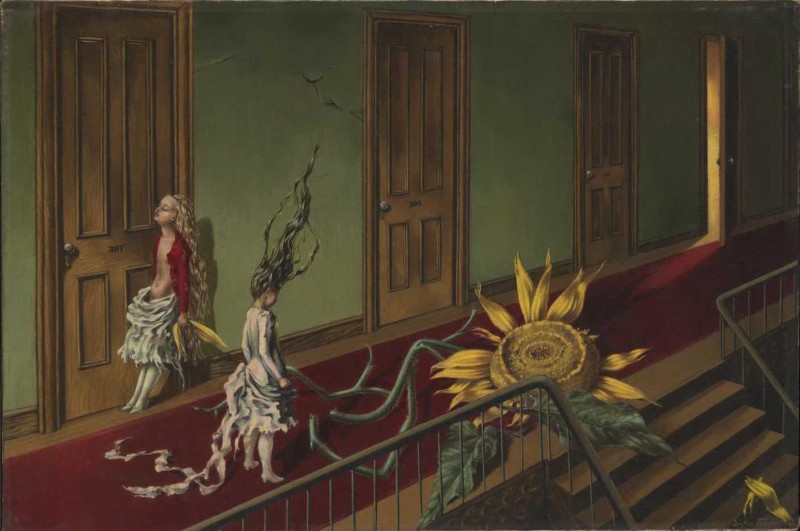 Eine Kleine Nachtmusik, 1943 MORE INFO |
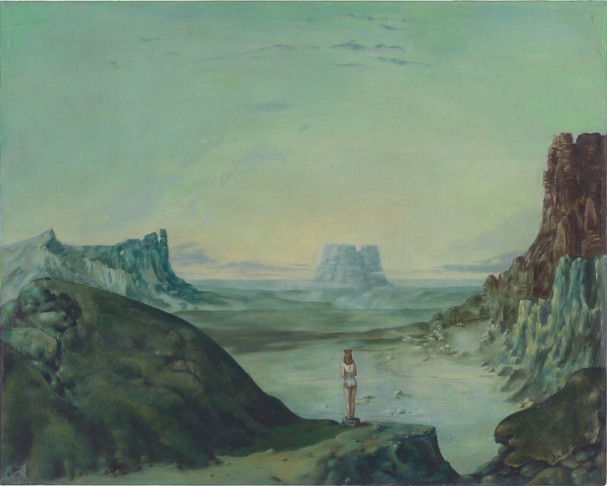 Self-Portrait, 1944 MORE INFO |
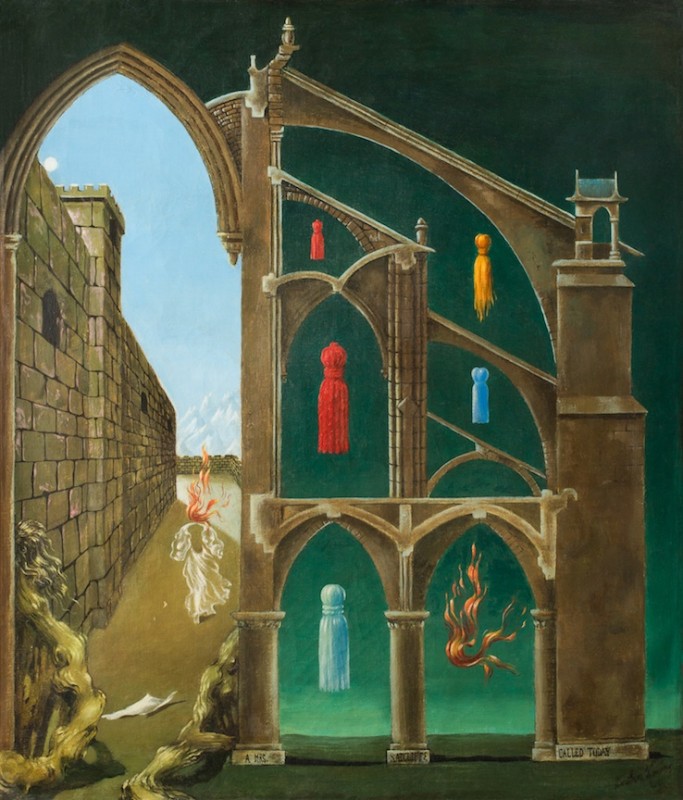 A Mrs. Radcliffe Called Today, 1944 MORE INFO |
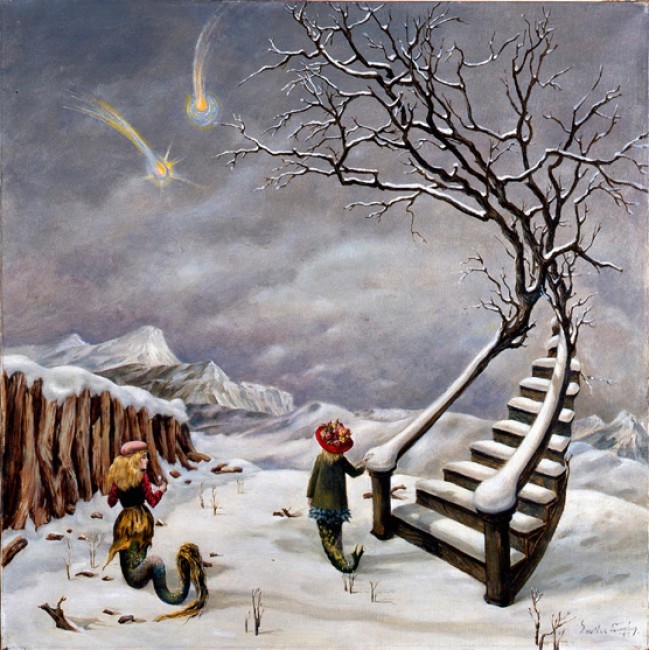 The Truth About Comets, 1945 MORE INFO |
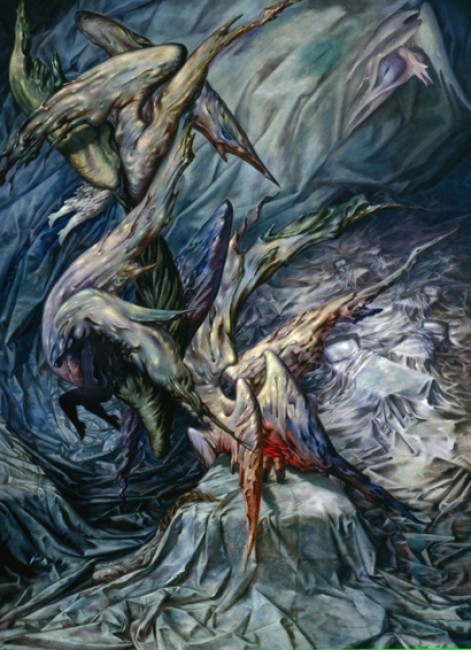 Guardian Angels, 1946 MORE INFO |
|
Avatar, 1947 MORE INFO |
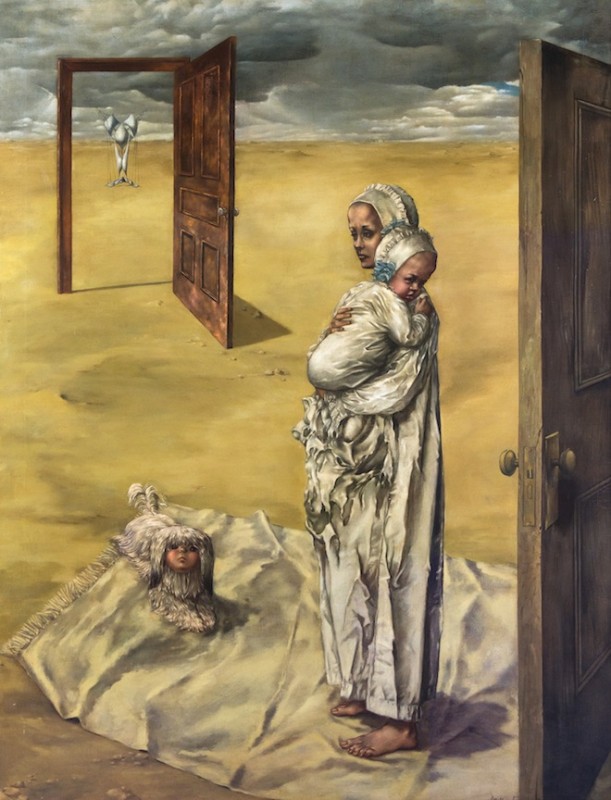 Maternity, 1947 MORE INFO |
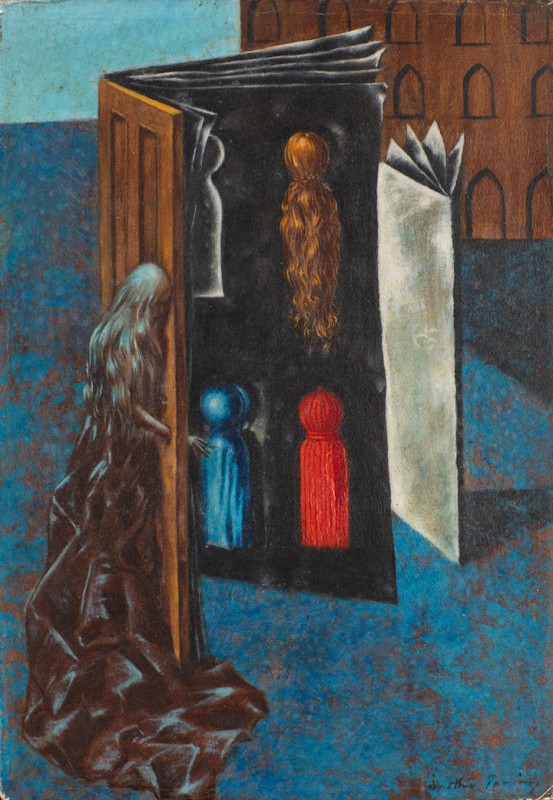 Fatala, 1947 MORE INFO |
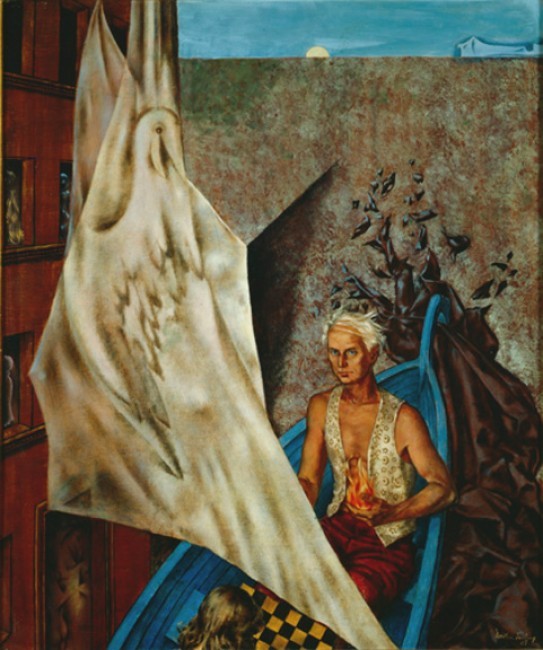 Max in a Blue Boat, 1947 MORE INFO |
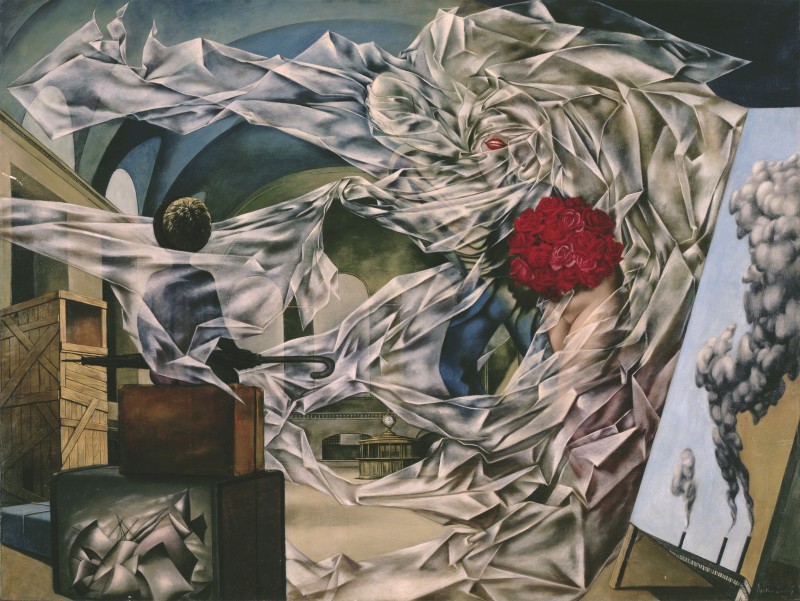 A Very Happy Picture, 1947 MORE INFO |
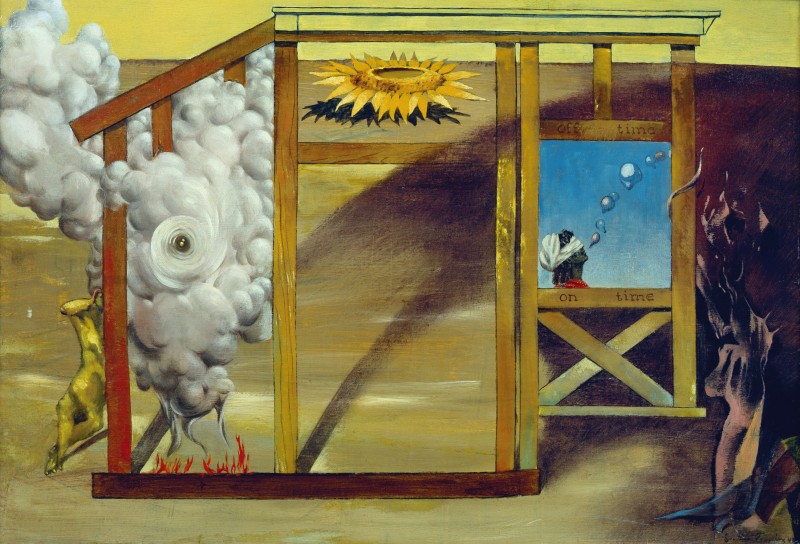 On Time Off Time, 1948 MORE INFO |
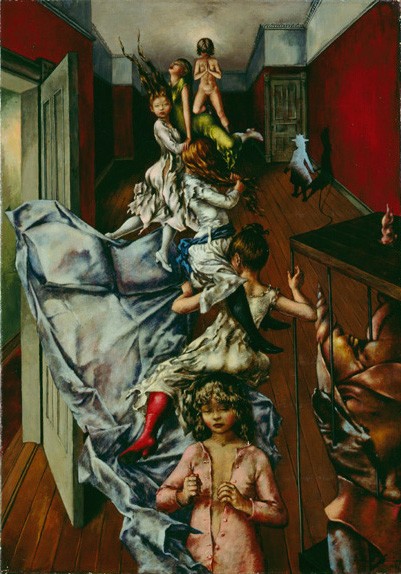 Palaestra, 1949 MORE INFO |
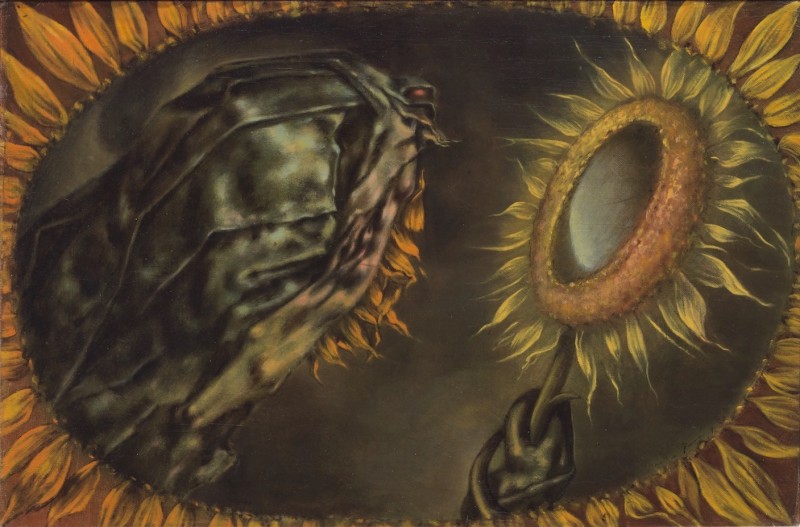 The Mirror, 1950 MORE INFO |
 Musical Chairs, 1951 MORE INFO |
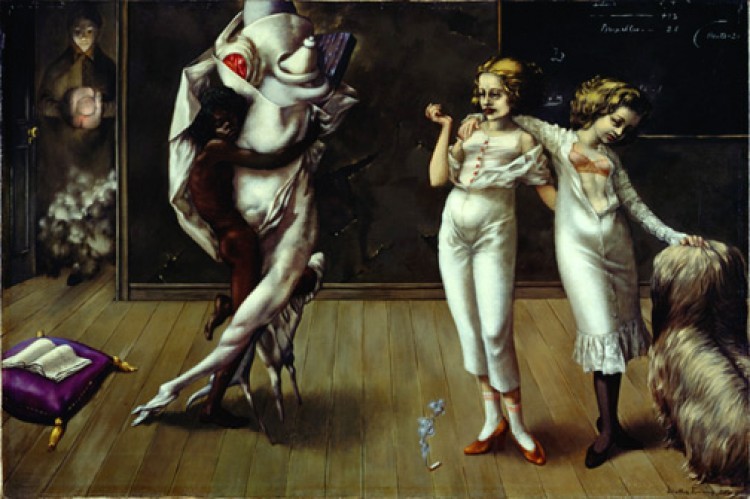 Interior with Sudden Joy, 1951 MORE INFO |
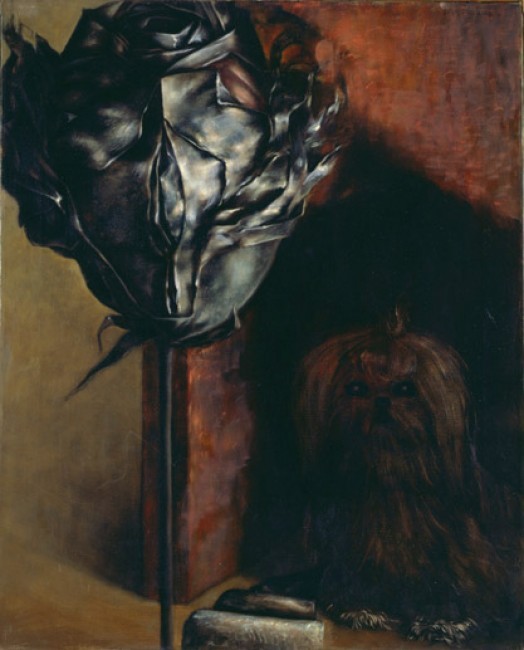 La Rose et le Chien (The Rose and the Dog), 1952 MORE INFO |
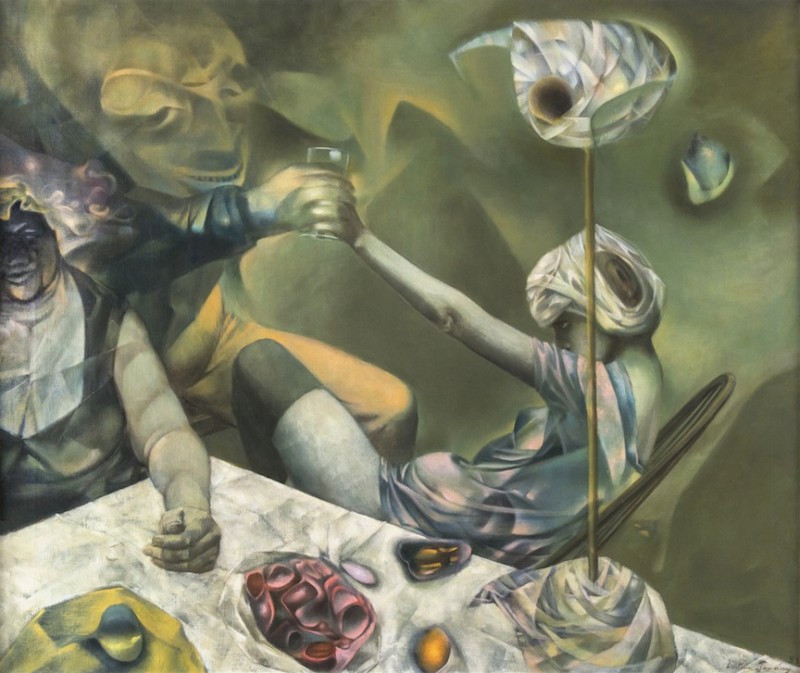 The Philosophers, 1952 MORE INFO |
 The Guest Room, 1952 MORE INFO |
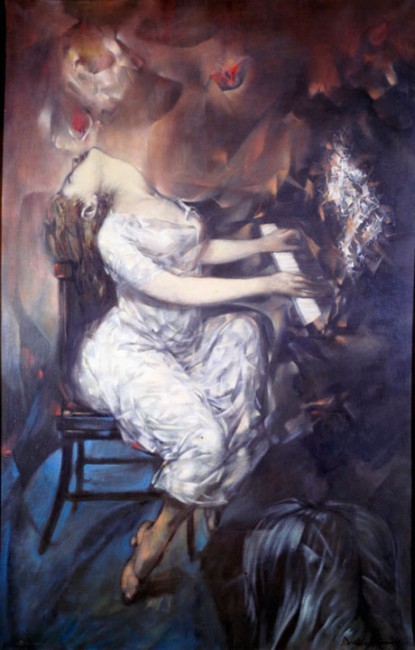 Dimanche après-midi (Sunday Afternoon), 1953 MORE INFO |
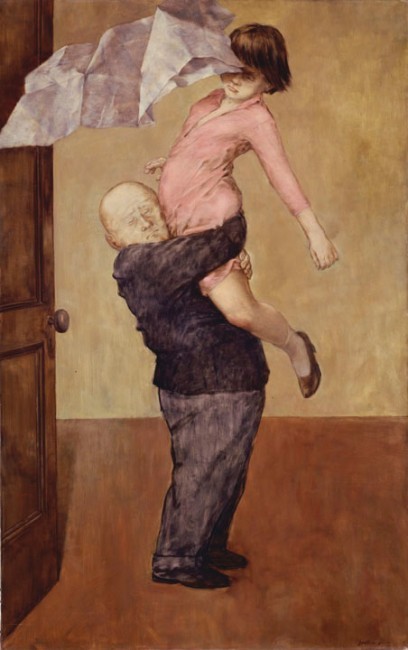 Death and the Maiden, 1953 MORE INFO |
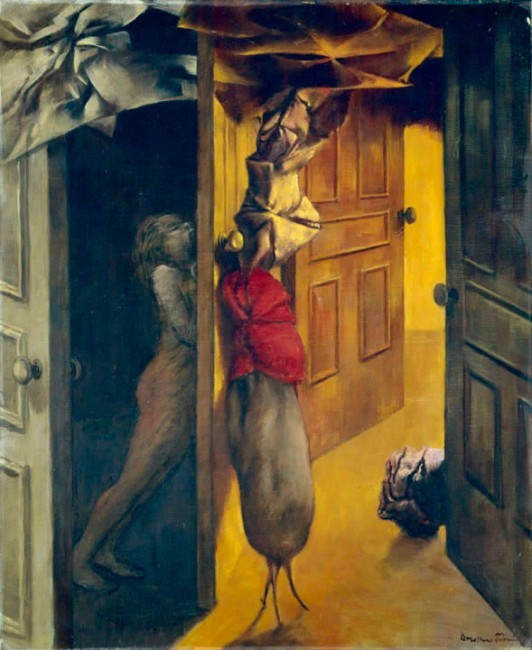 Intérieur (Interior), 1953 MORE INFO |
 Portrait de famille (Family Portrait), 1954 MORE INFO |
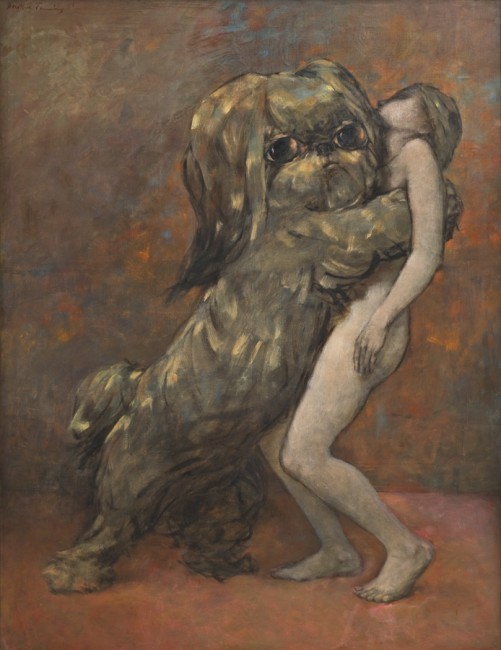 Tableau vivant (Living Picture), 1954 MORE INFO |
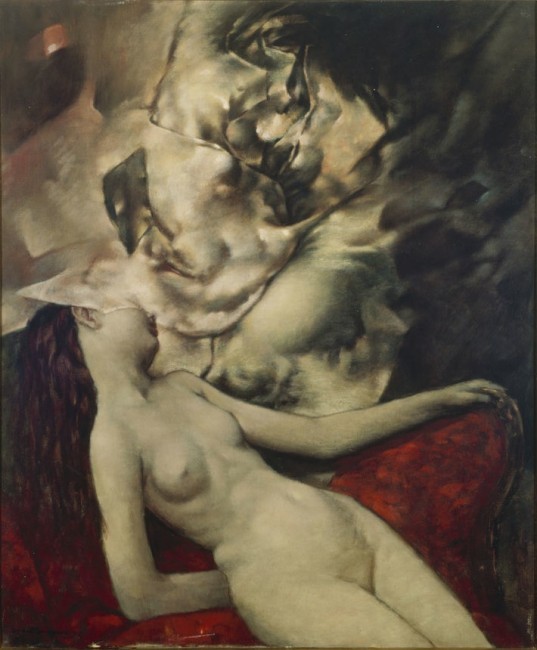 Nue endormie (Sleeping Nude), 1954 MORE INFO |
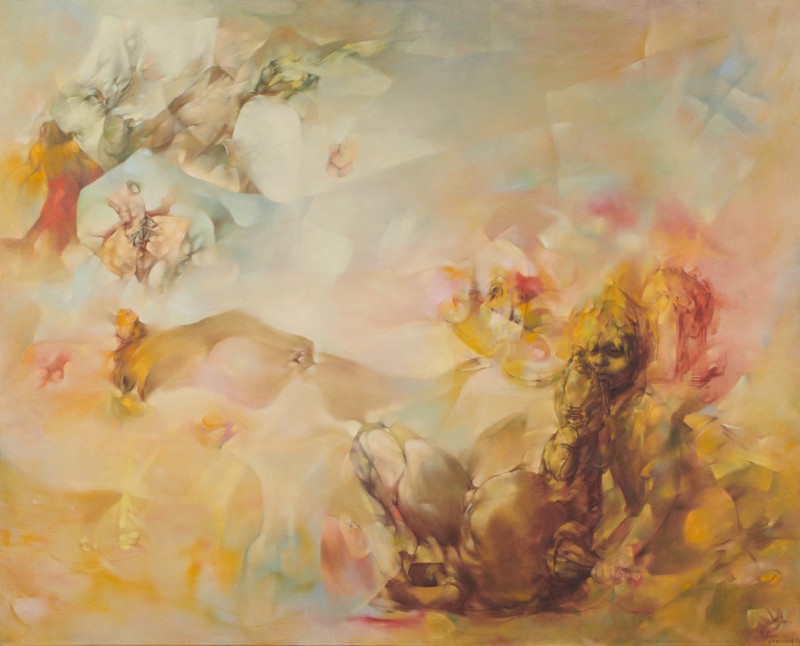 Le Mal oublié (The Ill Forgotten), 1955 MORE INFO |
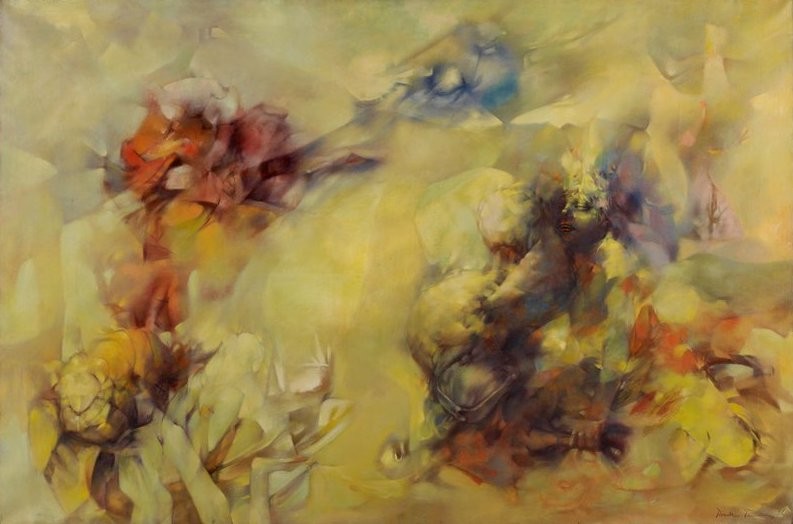 Tempête en jaune (Tempest in Yellow), 1956 MORE INFO |
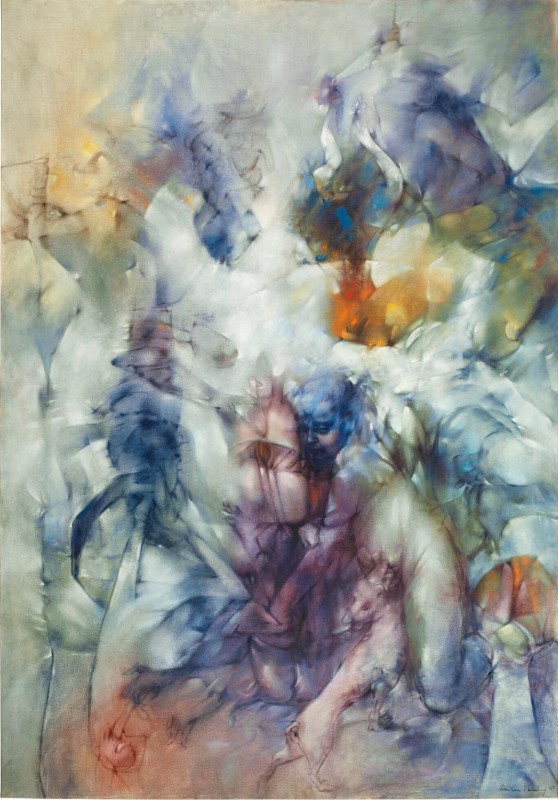 Insomnies (Insomnias), 1957 MORE INFO |
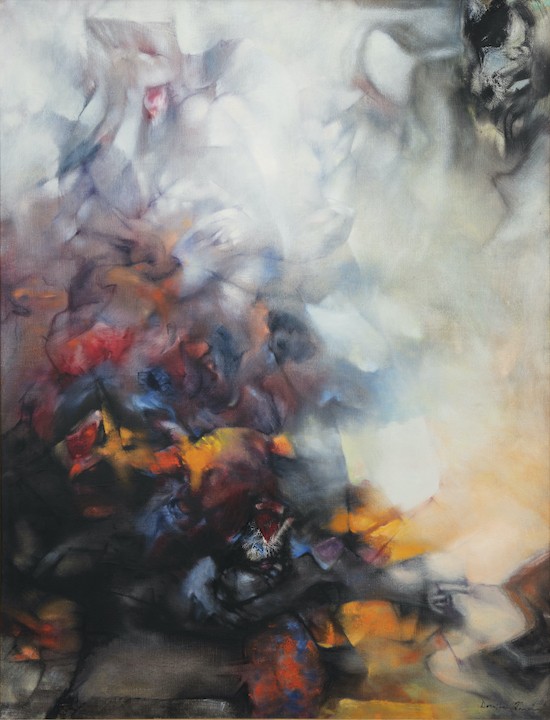 Tamerlan (Tamerlane), 1959 MORE INFO |
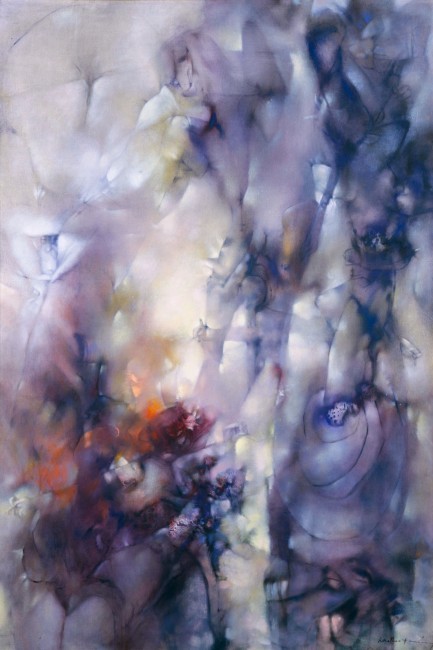 Touristes de Prague III (Tourists of Prague III), 1961 MORE INFO |
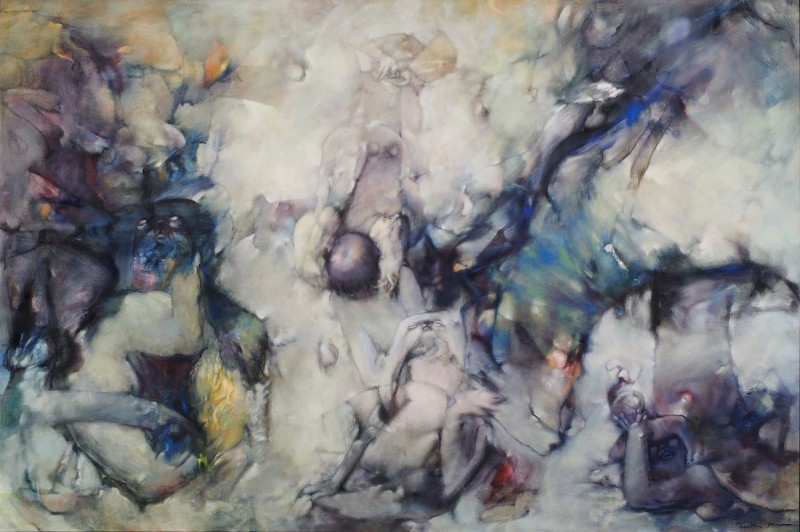 Chiens de Cythère (Dogs of Cythera), 1963 MORE INFO |
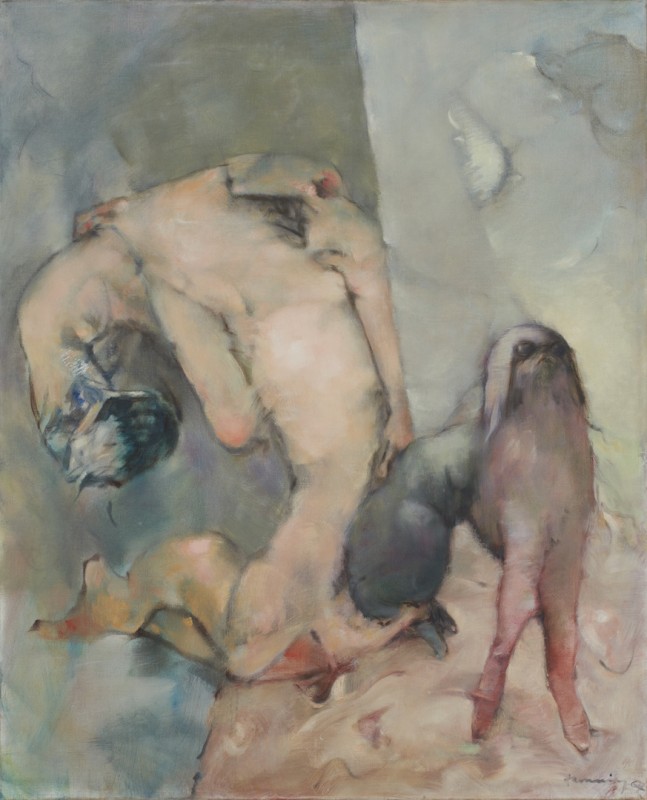 La Chienne et sa muse (The Dog and Her Muse), 1964 MORE INFO |
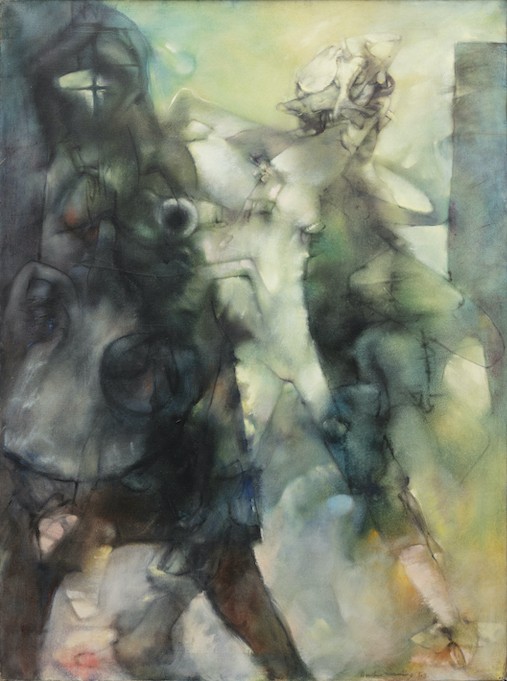 Deux mots (Two Words), 1963 MORE INFO |
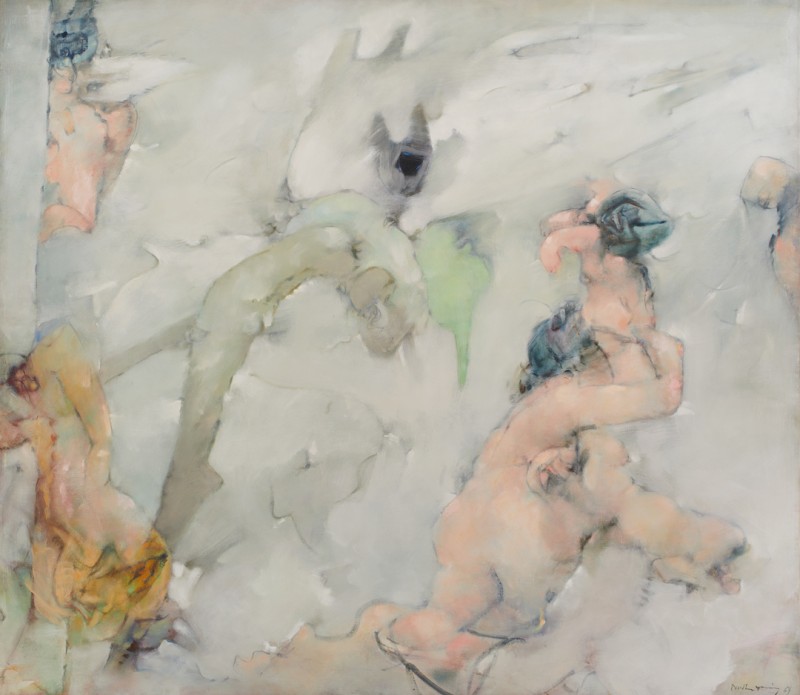 Far From, 1964 MORE INFO |
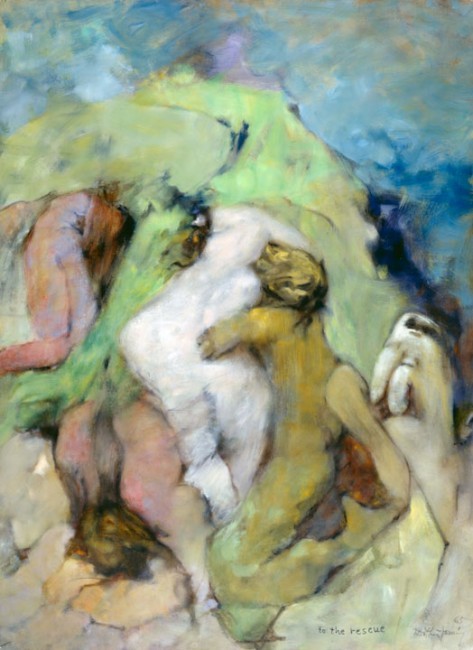 To the Rescue, 1965 MORE INFO |
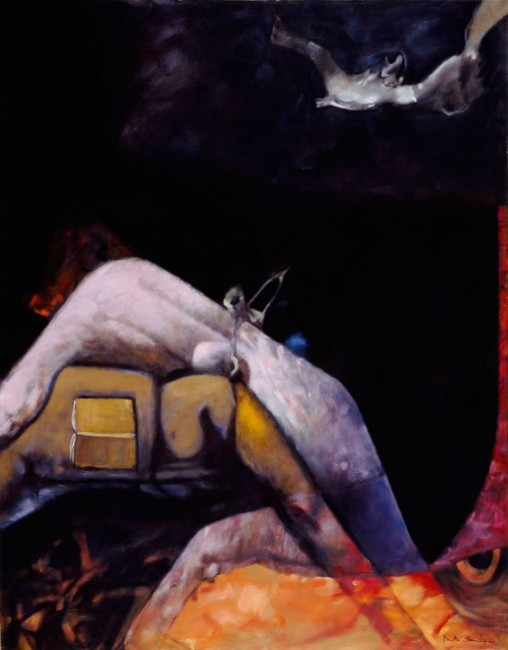 Le Soir à Saragosse (Evening in Saragossa), 1965 MORE INFO |
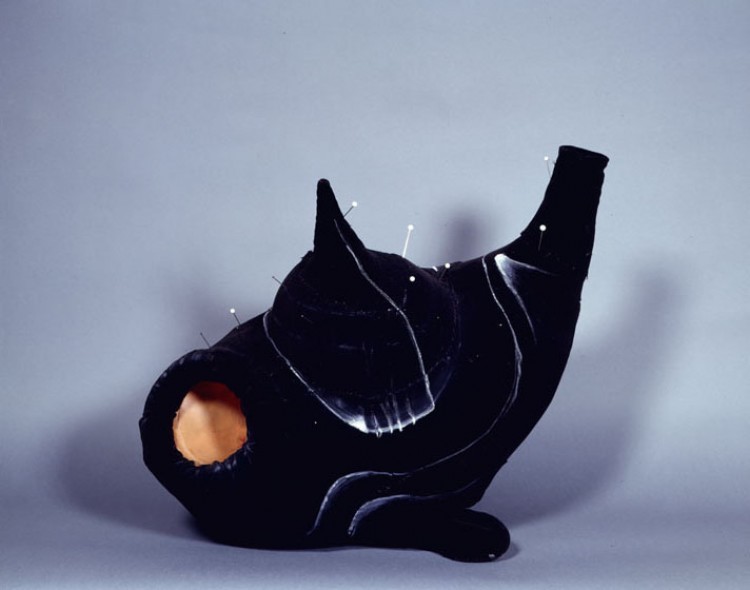 Pelote d'épingles pouvant servir de fétiche (Pincushion to Serve as Fetish), 1965 MORE INFO |
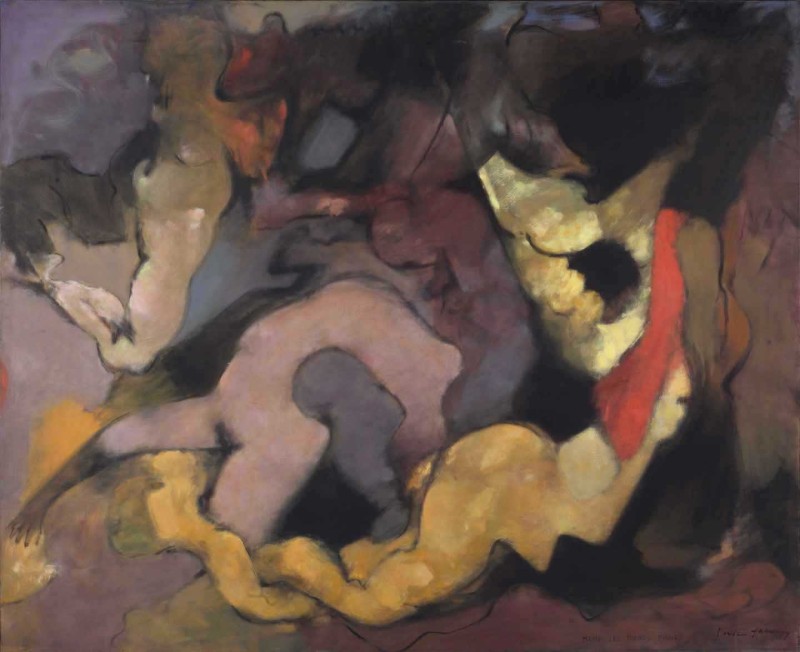 Même les jeunes filles (Even the Young Girls), 1966 MORE INFO |
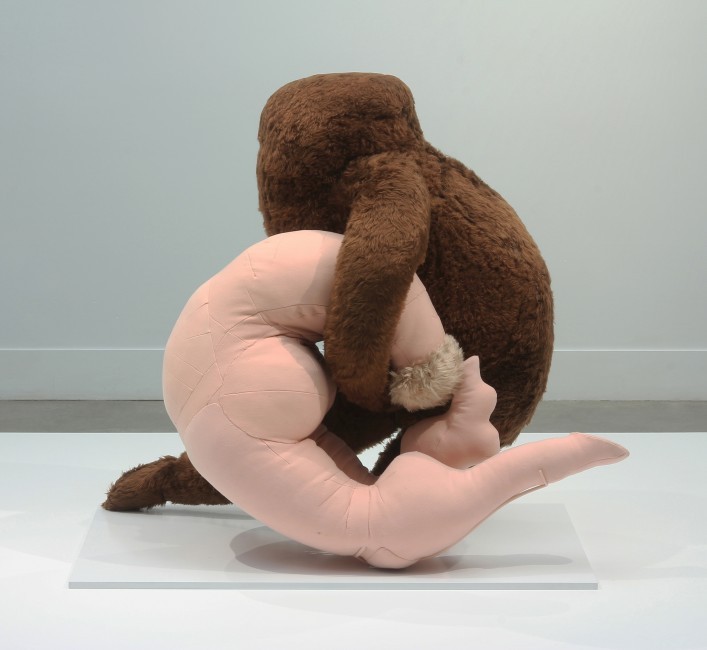 Étreinte, 1969 MORE INFO |
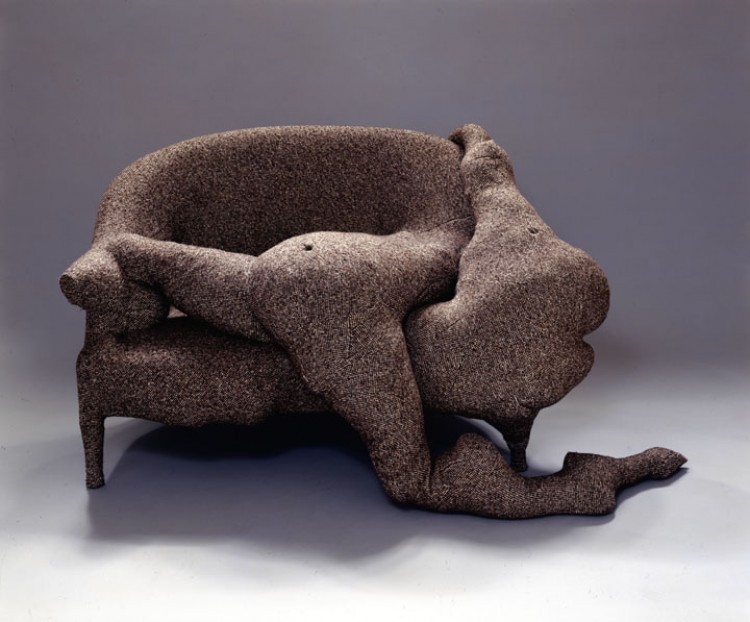 Canapé en temps de pluie (Rainy-Day Canapé), 1970 MORE INFO |
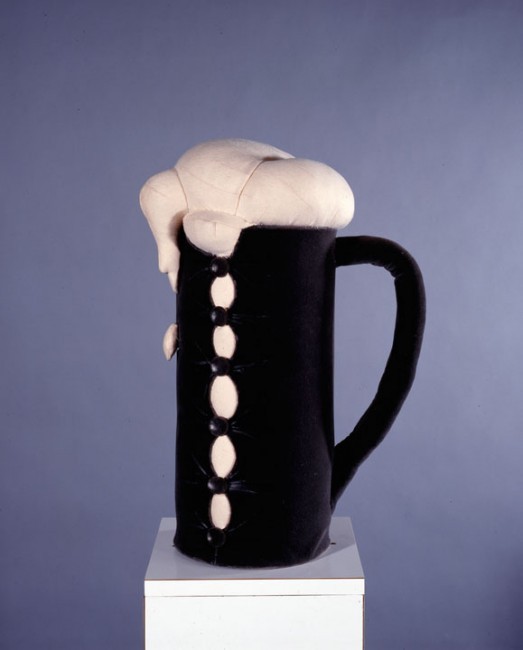 Don Juan's Breakfast, 1972 MORE INFO |
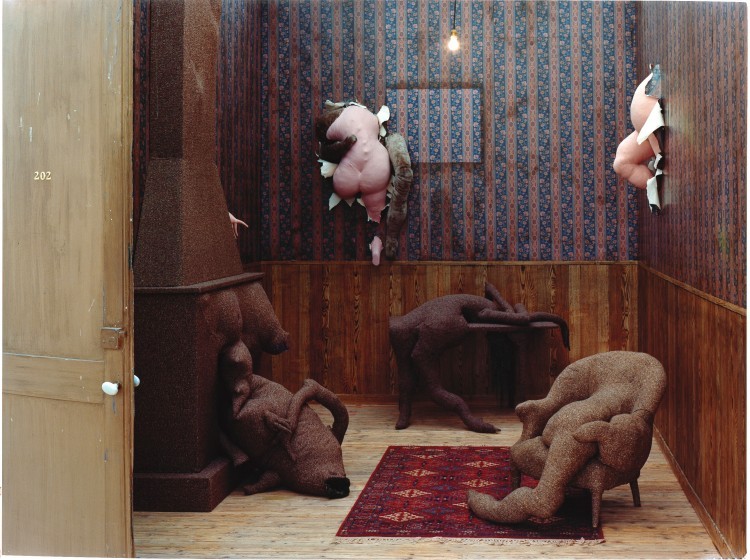 Hôtel du Pavot, Chambre 202 (Poppy Hotel, Room 202), 1973 MORE INFO |
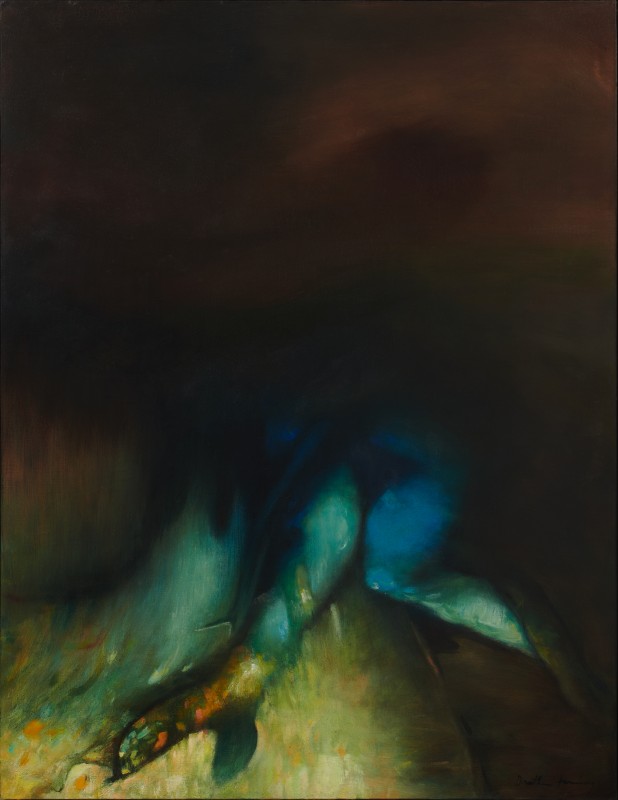 Pour Gustave l'adoré, 1974 MORE INFO |
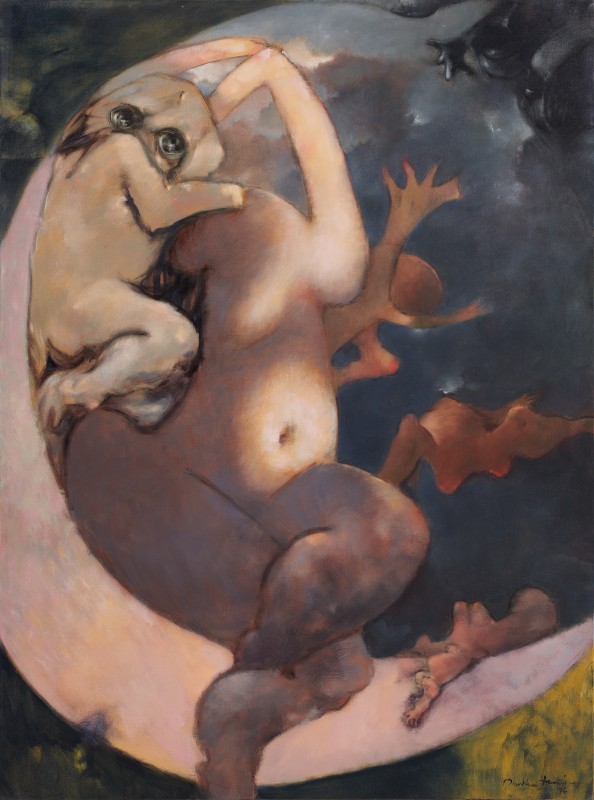 Murmurs, 1976 MORE INFO |
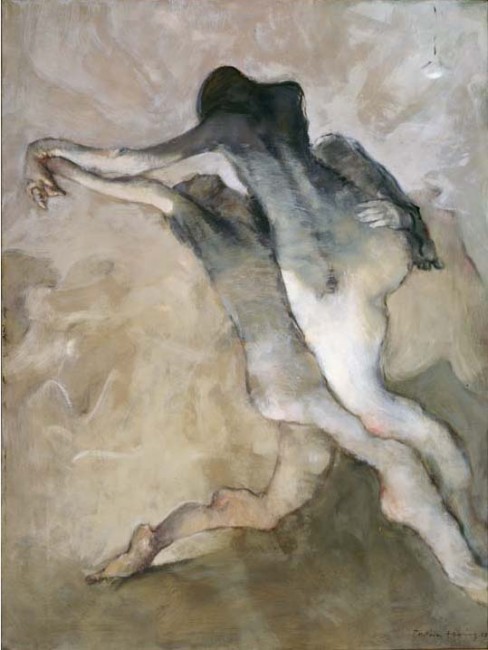 Tango Lives, 1977 MORE INFO |
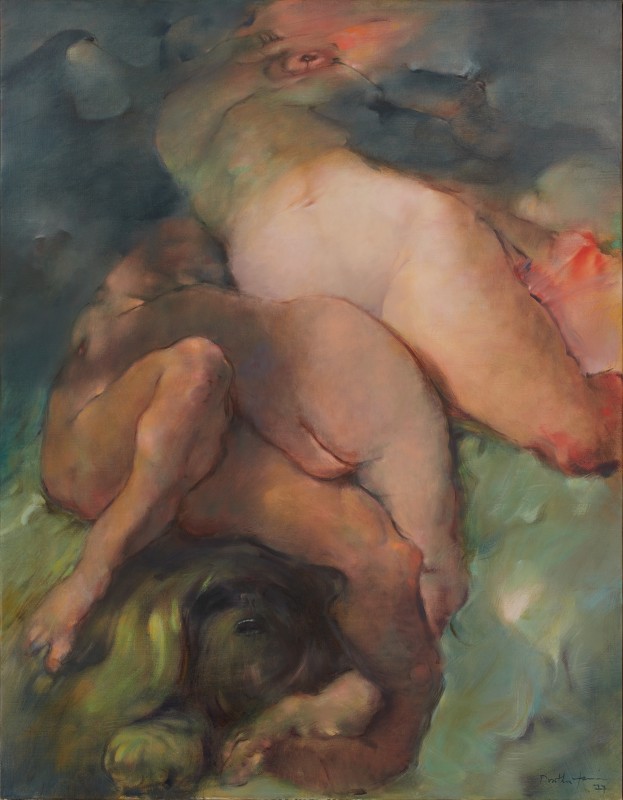 Portrait de famille (Family Portrait), 1977 MORE INFO |
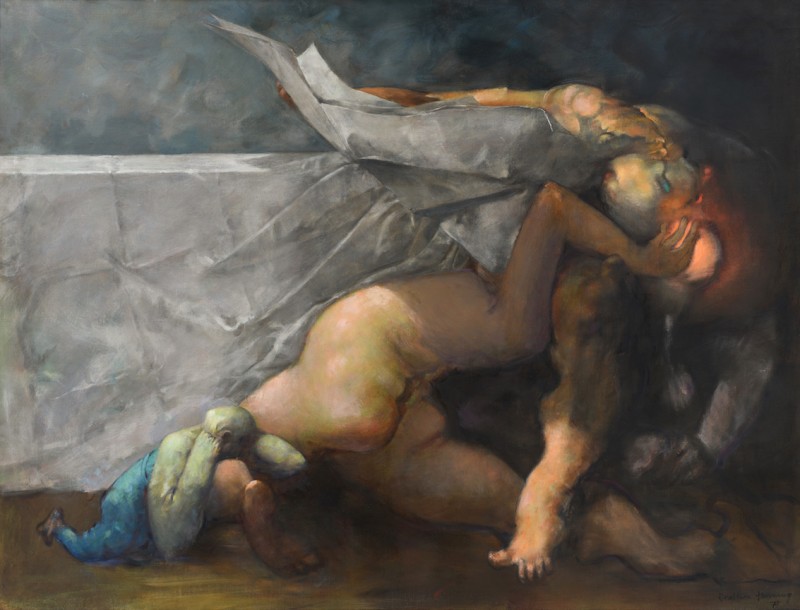 Notes for an Apocalypse, 1978 MORE INFO |
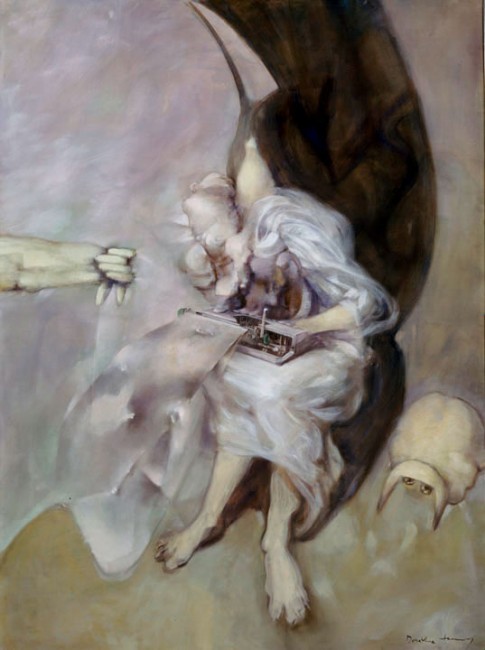 Stanza, 1978 MORE INFO |
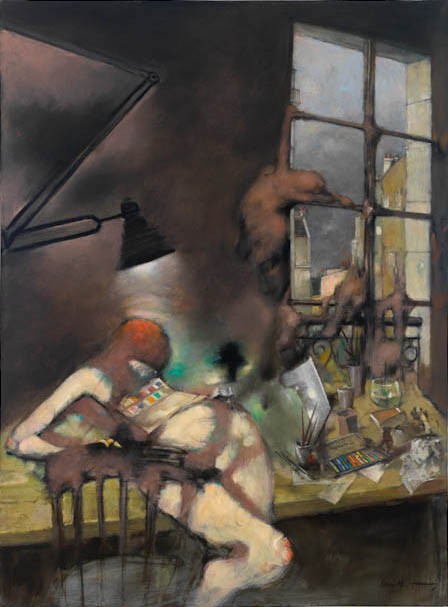 Still in the Studio, 1979 MORE INFO |
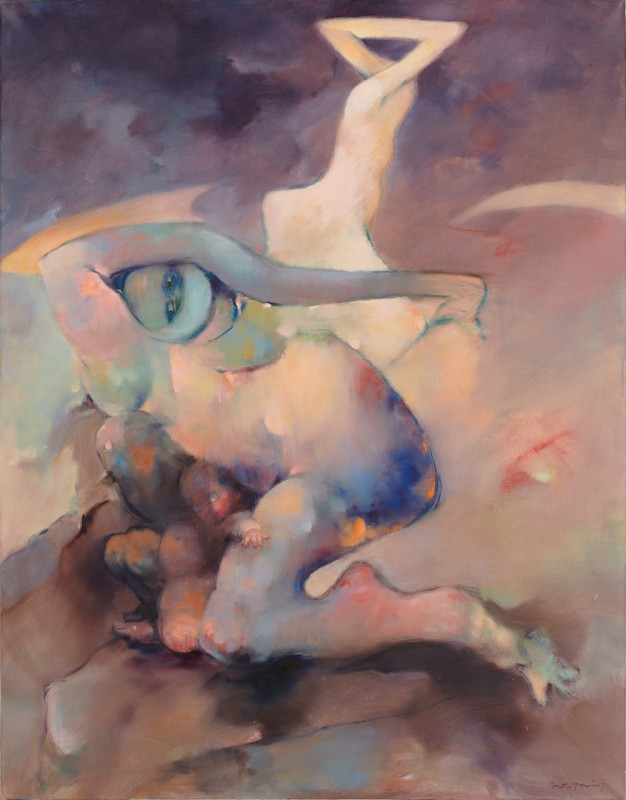 Heartless, 1980 MORE INFO |
 Pounding Strong, 1981 MORE INFO |
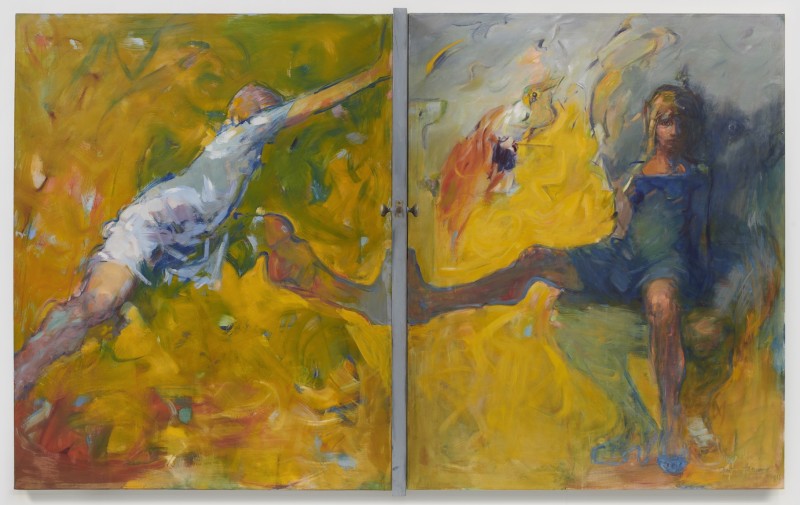 Door 84, 1984 MORE INFO |
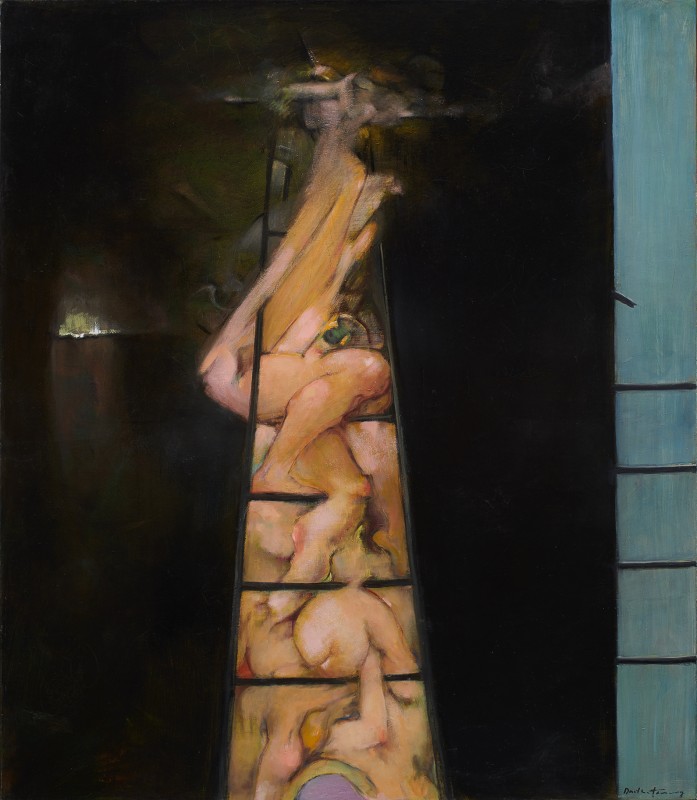 To Climb a Ladder, 1987 MORE INFO |
 Woman Artist, Nude, Standing, 1987 MORE INFO |
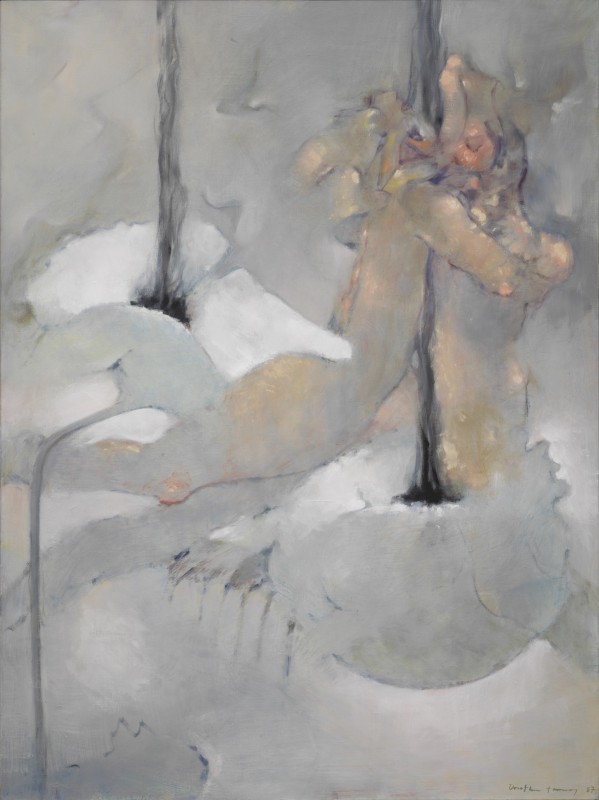 Poppies, 1987 MORE INFO |
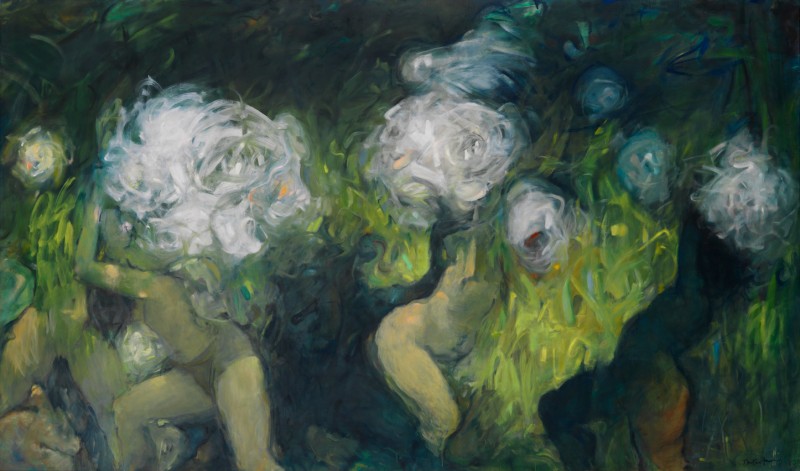 On Avalon, 1987 MORE INFO |
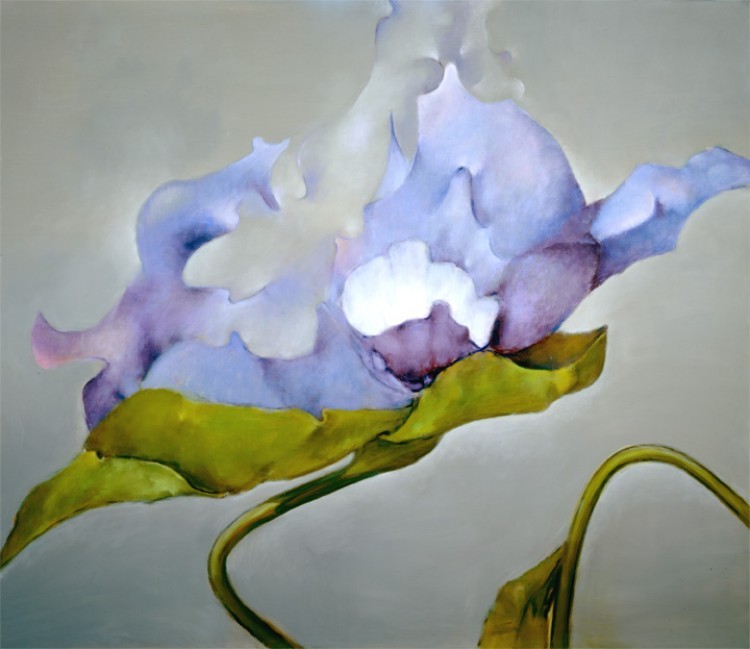 Convolotus alchemelia (Quiet-willow window), 1998 MORE INFO |
Am I a surrealist? Am I a sophist, a Buddhist, a Zoroastrian? Am I an extremist, an alchemist, a contortionist, a mythologist, a fantasist, a humorist? Must we artists bow our heads and accept a label, without which we do not exist? The underlying ideas of surrealism are still very much with me. They are in the backs of a lot of other minds too, even in those so young as to have known only the records, the hearsay, the debris. But I have no label except artist.
– Dorothea Tanning, 1989
"The Gorgeous Nothings: Flowers at Chatsworth" at Chatsworth House, Derbyshire, England, is open through October 5, 2025. The exhibition features both historical and contemporary works of art depicting flowers in all their forms in dialogue with the botanical history of the Chatsworth estate itself. Drawn from Devonshire Collections, new artist commissions, and institutional loans, the show includes the painting Some Roses and Their Phantoms (1952).
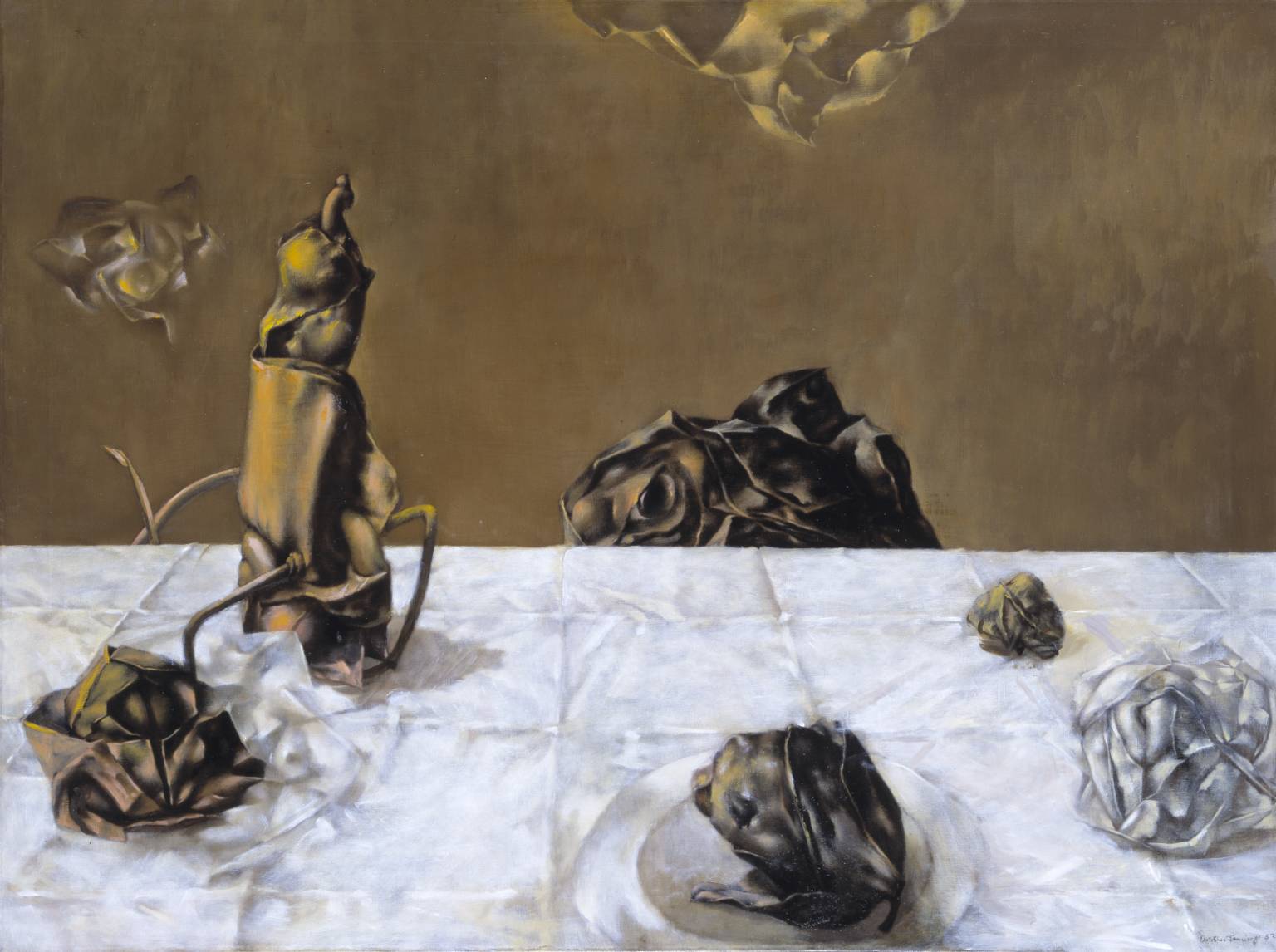
"Artists' Jewelry: From Cubism to Pop, the Diane Venet Collection" is open at The Norton Museum of Art, West Palm Beach, Florida through October 5, 2025. More than 150 pieces of jewelry designed by 140 modern and contemporary artists are displayed in conversation with their paintings, sculptures, works on paper, and photographs from the Norton's Collection. Among the works on view are the jewelry pieces Le Nil (1966) and Mlle. Pieuvre (1966) and the painting Heartless (1980).

"Rendezvous der Träume. Surrealismus und deutsche Romantik (Rendevous of Dreams: Surrealism and German Romanticism)" is open at the Hamburger Kunsthalle through October 12, 2025. The exhibition celebrates the Surrealist movement as part of a major two-year collaboration with The Royal Museums of Fine Arts of Belgium, Brussels, Musée National d’Art Contemporain, Centre Georges Pompidou, Paris, Fundación MAPFRE Madrid, and the Philadelphia Museum of Art that has allowed all partnering museums to focus on the highlights and contexts of their own collections. The final iteration, "Dreamworld: Surrealism at 100," will be presented at the Philadelphia Museum of Art from November 8, 2025 through February 16, 2026. Among the works featured in Hamburg and Philadelphia is the painting Birthday (1942).
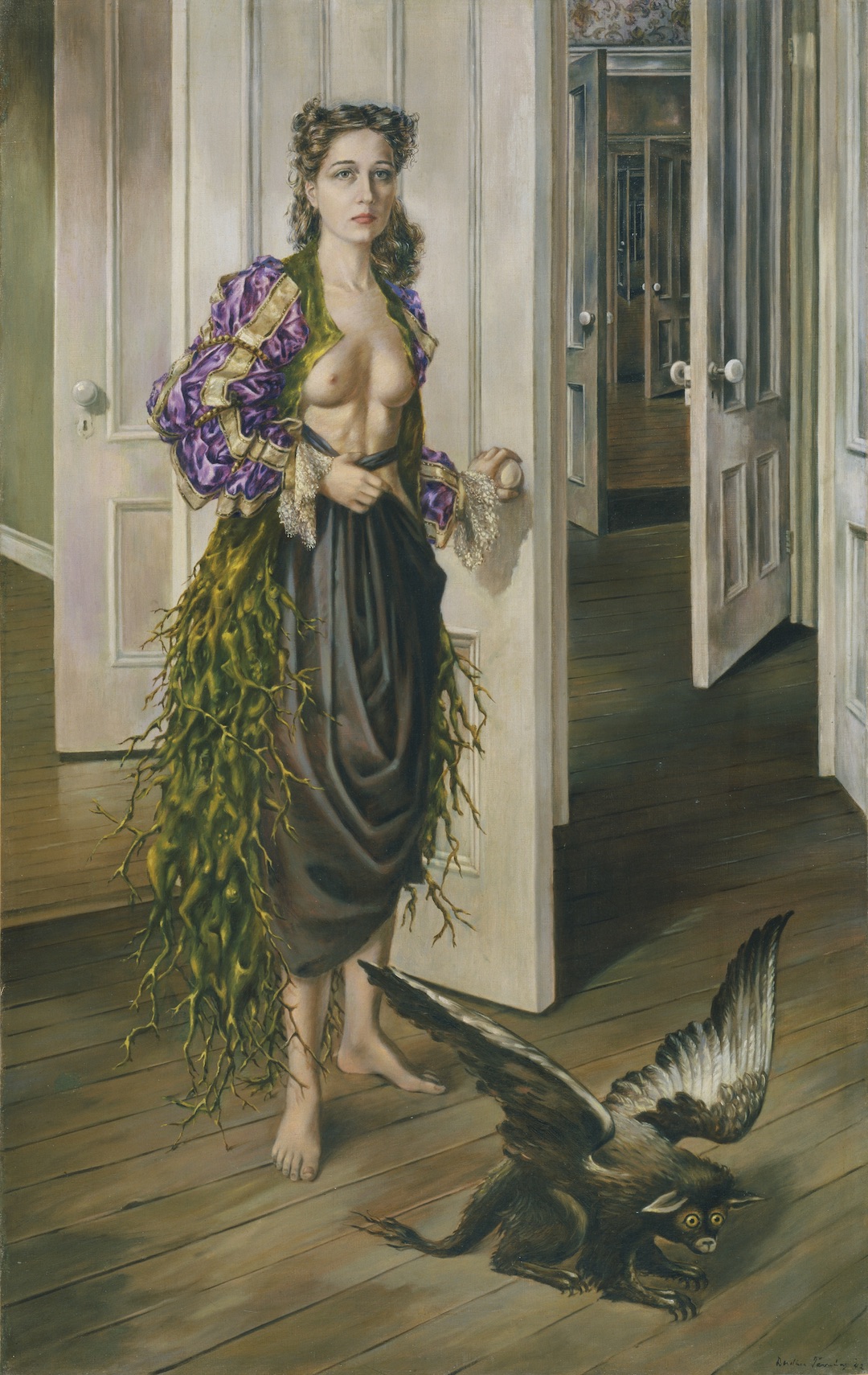
"Endless Sunday: Maurizio Cattelan & The Centre Pompidou Collection" is on view at Centre Pompidou-Metz through February 2, 2027. Celebrating the site's 15th anniversary, the exhibition places pieces from the collection of the Musée National d’Art Moderne in dialogue with the work of Maurizio Cattelan. With an organizational structure based on the alphabet and references to poetry, film, and literature, the show features painting, sculpture, drawing, photography, installation, video, and film, and includes the sculpture De quel amour (By What Love) (1969).
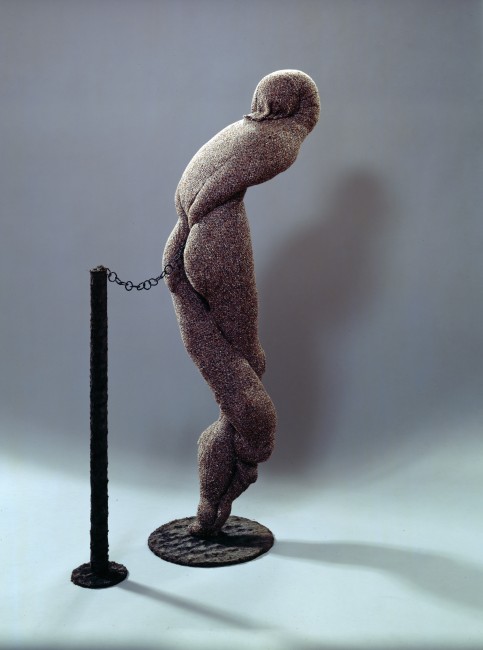
"Animal!? Une exposition de chefs-d'œuvre" will be open at Fonds Hélène & Édouard Leclerc Pour la Culture, Landerneau, France, from June 14 through November 2, 2025. The exhibition explores the concept of "animal" – one of the oldest subjects in art – from a cross-disciplinary and transhistorical perspective, examining how animals are portrayed, how they function as symbols, how they are understood by different cultures and artists, and how their representation sheds light on humanity’s own views of itself at different points in time. Featuring works from over 130 artists, the show includes the 1967 collage Untitled (The Artist as a Dog).
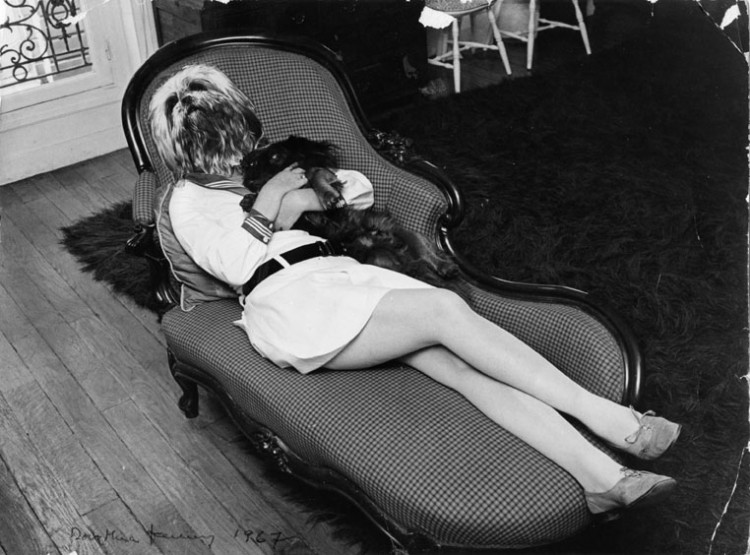
"The Subterranean Sky: Surrealism in the Moderna Museet Collection" is on view at the Moderna Museet, Stockholm through January 11, 2026. The exhibition marks the centennary of Surrealism as a revolutionary literary and artistic movement, rather than a particular style, and one that aimed to transcend cultural and social limitations and see the individual’s subconscious as a key to another, better world beyond the confines of logic and reason. With a view to the ongoing evolution of Surrealism, the show draws nearly 200 works from the museum's permanent collection, including the sculpture Don Juan's Breakfast (1972) and the painting Insomnias (1957).
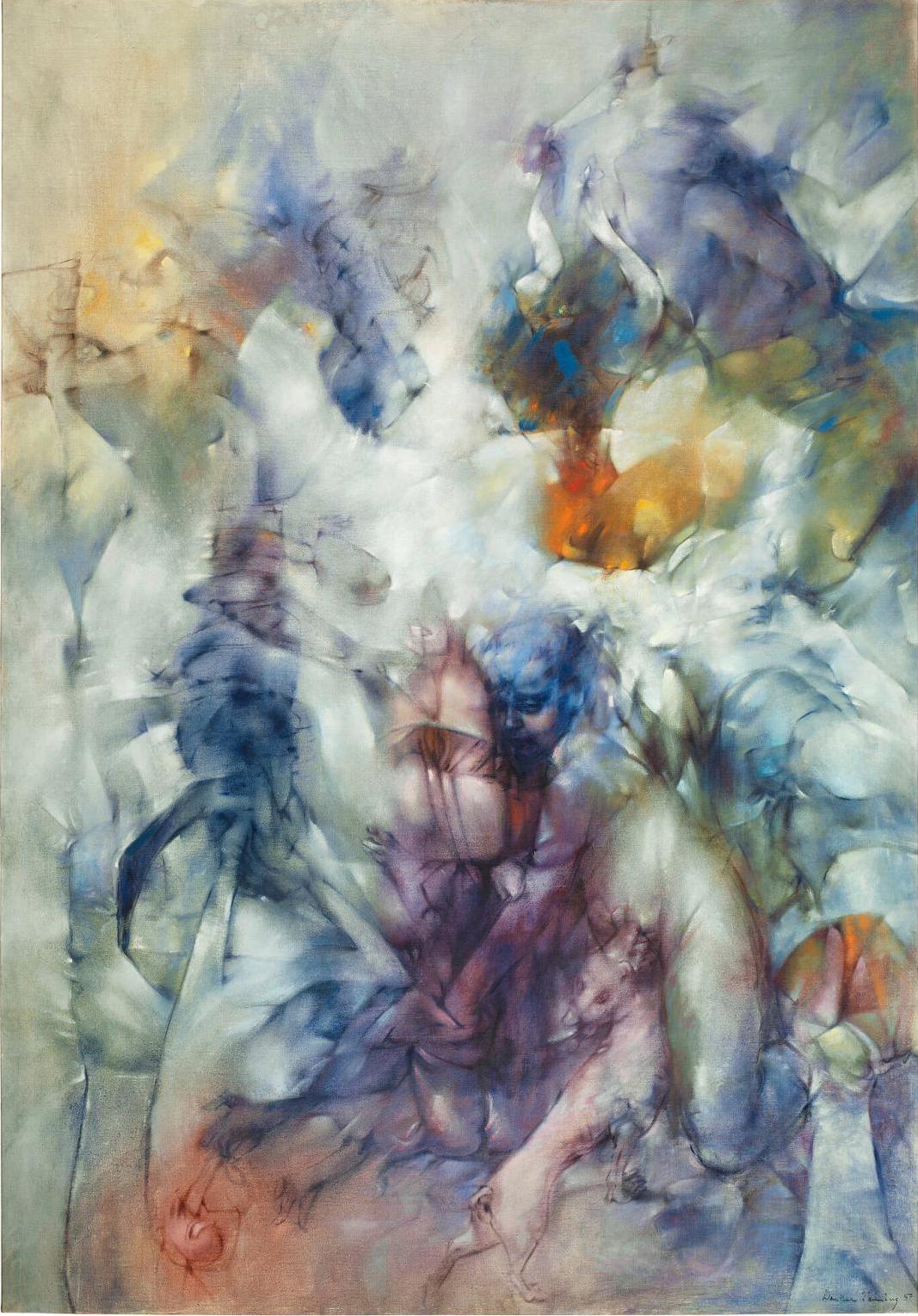
"From Max Ernst to Dorothea Tanning: Networks of Surrealism" will be on view at the Neue Nationalgalerie, Berlin, from October 17, 2025 through March 1, 2026. The exhibition highlights a two-year research project investigating the provenances of works from the Ulla and Heiner Pietzsch Collection, which now belongs to the Neue Nationalgalerie. The historical journeys of these paintings and sculptures are examined to reveal the complex international networks of artists, art dealers, and collectors involved in the Surrealist movement, illustrating their friendships, collecting passions, and stories of personal loss, persecution, and new beginnings during politically challenging times. Among the works in the Pietzsch Collection is the painting Voltage (1942).
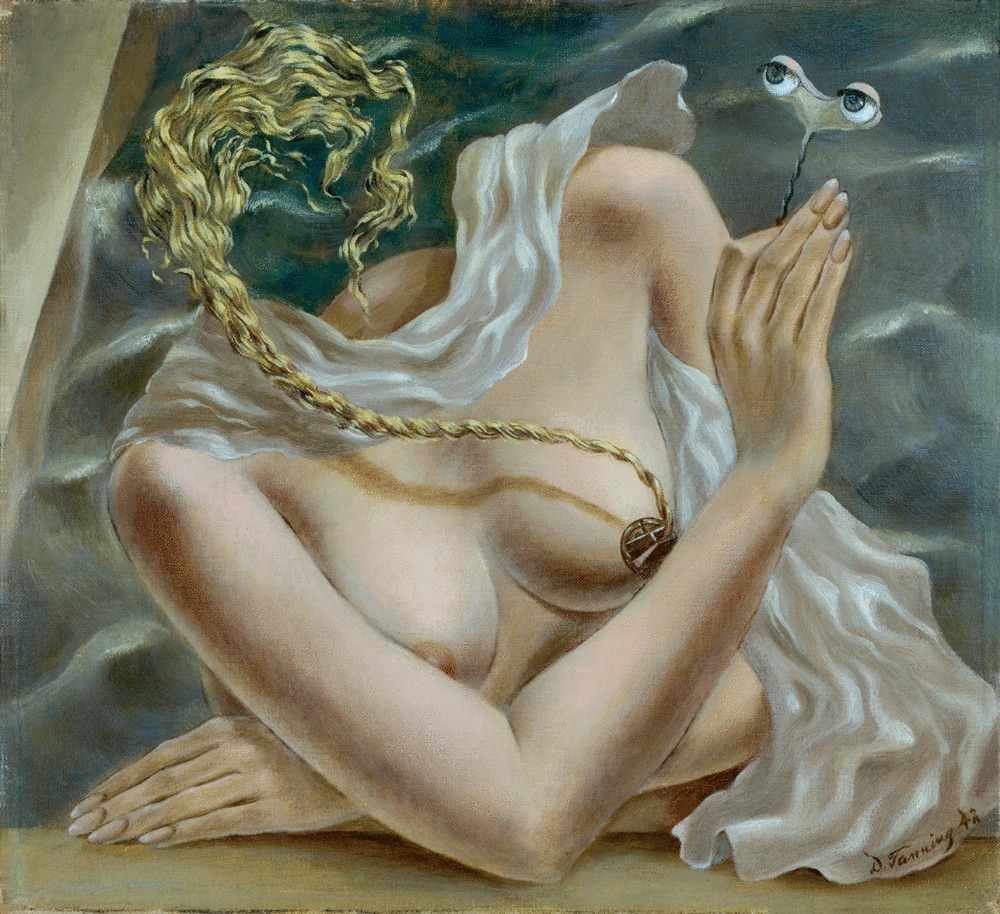
JOAN Publishing has re-released Fish Out of Water by Claire-Louise Bennett (first published in 2020 by Juxta Press, Milan, as part of their Words for Portraits series), with the new poem Self-Portrait with Wings by Chloe Aridjis. Bennett wrote Fish Out of Water in response to seeing Dorothea Tanning's painting Self-Portrait (1944) and a sense of affinity with the artist; Aridjis's piece was written in response to Bennett's text and inspired by Tanning's painting Birthday (1942).
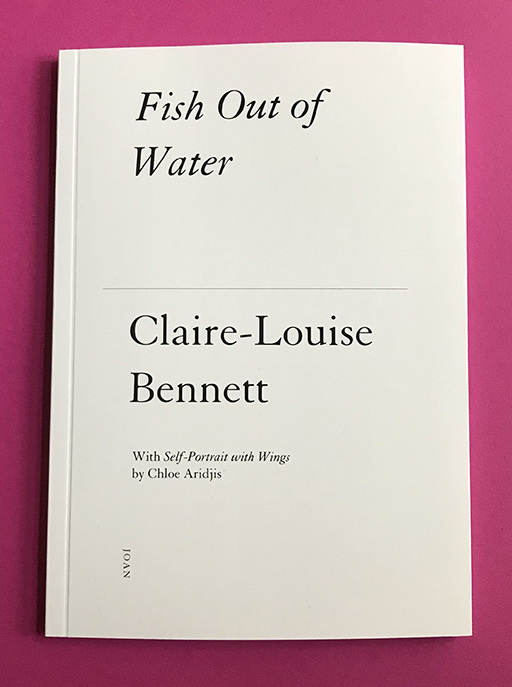
Amy Lyford has published Exquisite Dreams: The Art and Life Dorothea Tanning (Reaktion Books, 2023). In this new monograph, Lyford focuses on key examples of Tanning's work in various media from her early Surrealist imagery through her late-career paintings. By discussing them in relation to concurrent topics of 20th-century art, society, and popular culture, and highlighting the artist's own ideas about ways to view her art, including a satirical, fantasy-based, documentary-style film about her paintings, Lyford examines Tanning's singular approach to creating a rich visual experience for the viewer.
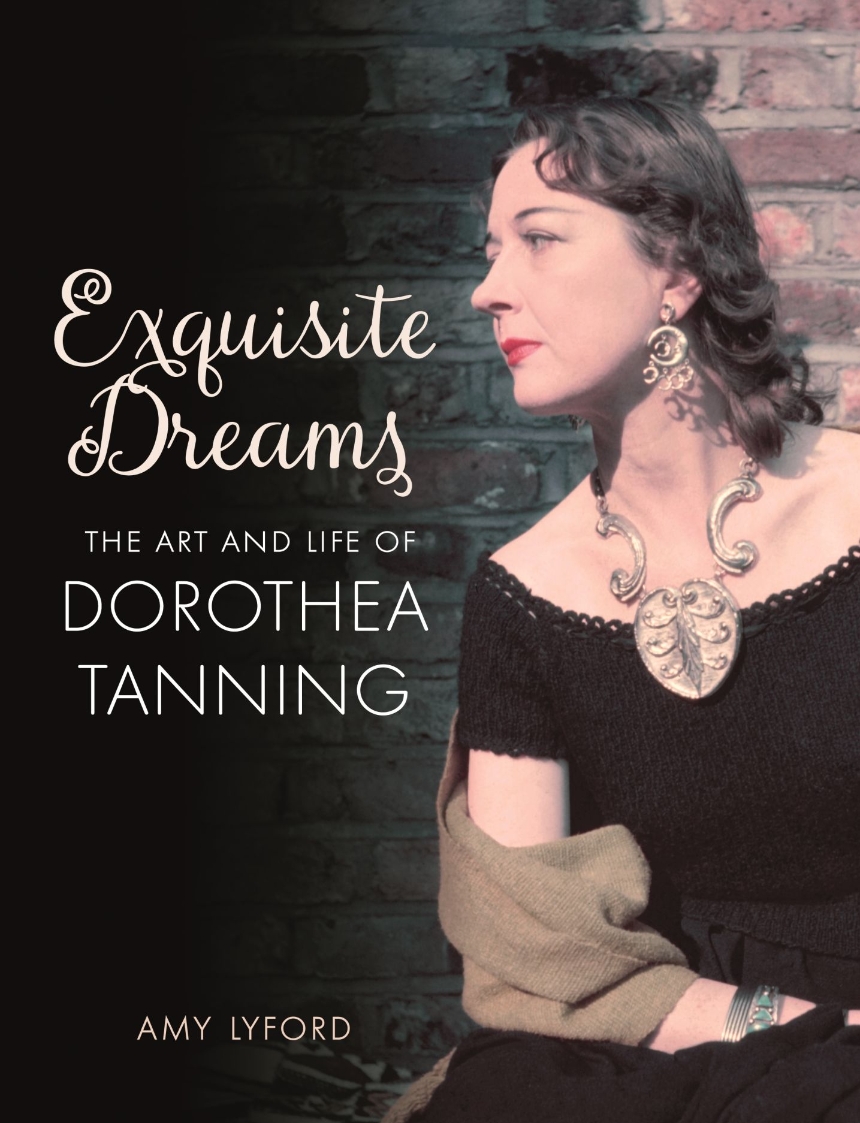
Anna Watz has edited a new collection of essays, A History of the Surrealist Novel (Cambridge University Press, 2023). Her essay "The Mother Figure in the Surrealist Novel" and Catriona McAra's "Feminist-Surrealism in the Contemporary Novel" examine Tanning's novel Chasm: A Weekend, while Katharine Conley's essay "Autobiography" discusses Tanning's memoir Birthday in the context of Surrealist writings. These are among twenty scholarly essays that consider many texts previously left out of critical accounts of the surrealist movement -- texts written by men and women in French, English, Spanish, German, Greek, and Japanese, from its emergence in the 1920s and 1930s, through the post-war and postmodern periods, and up to the present moment.
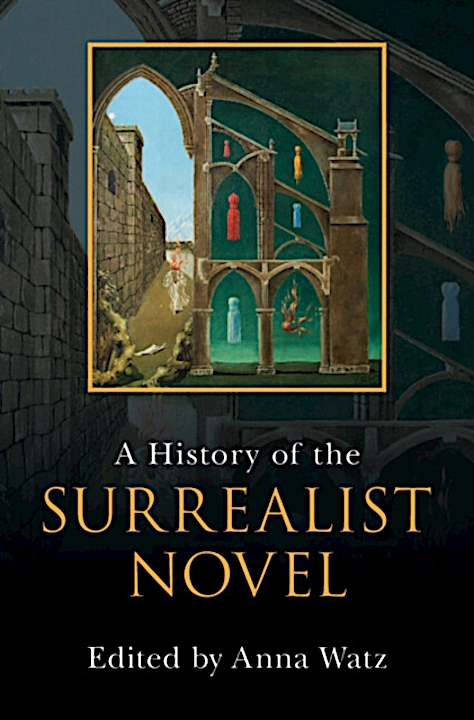
Kasmin Gallery has published the exhibition catalogue Dorothea Tanning: Doesn’t the Paint Say It All? Both the show and the book take their title from Tanning’s own essay entitled "To Paint," which is included in the publication. This poetic and impassioned text, first published in 1986, describes the artist's creative process and the nature of the medium itself. The catalogue also explores the artist's unique surrealist practice and the tension between abstraction and figuration in her work through reflections on Tanning’s paintings by three art historians and scholars of surrealism: Mary Ann Caws, Katharine Conley, and Victoria Carruthers. Hyperallergic nominated the publication as one of "The Best Art Books of 2022."
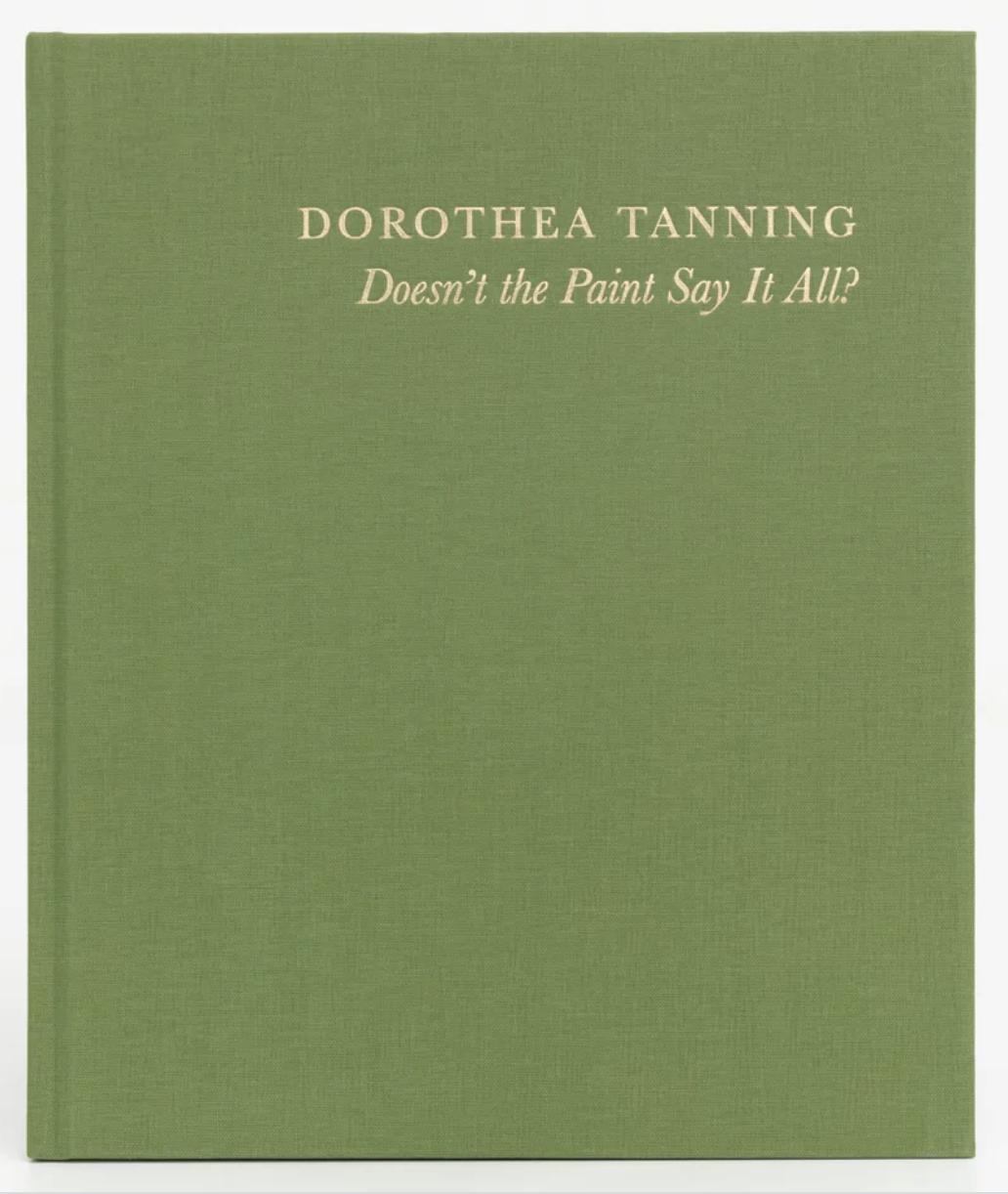
Susan L. Power contemplates the motif of doors in her essay "Portes et miroirs dans le monde surconscient de Dorothea Tanning" in the exhibition catalogue SurréAlice: Lewis Carroll et les Surréalistes (Vol. 1 of 2, Strasbourg: Editions des Musées de Strasbourg, 2022, pp. 75-83). The publication explores the Surealists' interest in Carroll's work as a precursor and inspiration to their own.
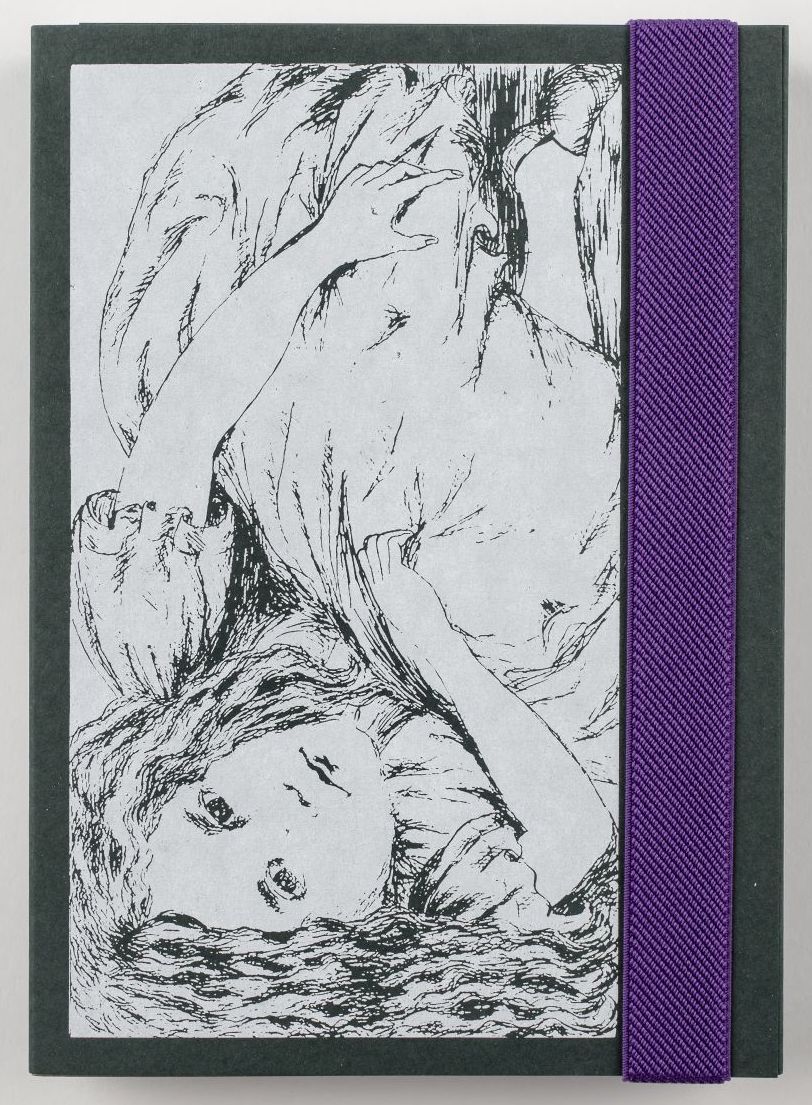
Victoria Carruthers has published Dorothea Tanning: Transformations (Lund Humphries, 2020). A definitive study of the artist's life and career, this monograph provides a framework within which to consider the range and depth of Tanning's work and her enduring thematic preoccupations. The book is extensively illustrated and features previously unpublished material from interviews that the author conducted with Tanning between 2000 and 2009. Carruthers discusses the book in an interview found here.
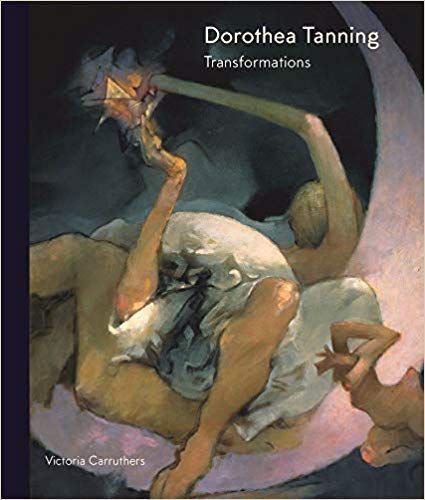
Dorothea Tanning: Insomia – a short film made in 1978 by the German director Peter Schamoni – offers the opportunity to hear the artist's observations about her life and work and to see her in her home and studio in Seillans, France. The film is available by request through the Schamoni Film & Media Archive in Munich.
We are looking for information about a number of paintings in the effort to fully document Dorothea Tanning's work for a catalogue raisonné. If you have seen any of these paintings, please contact us.

